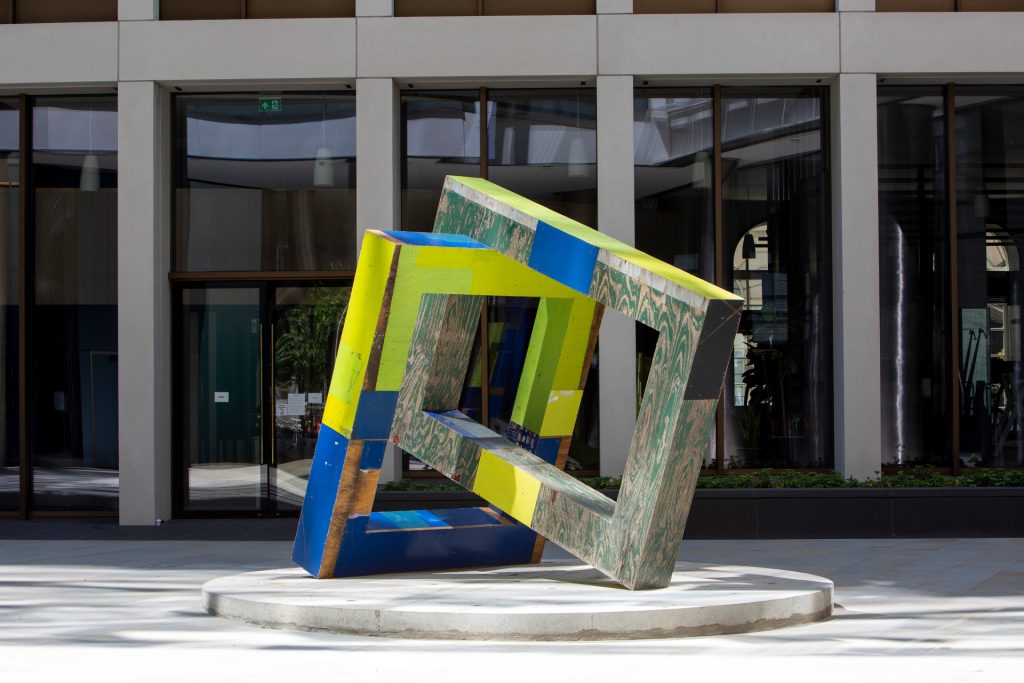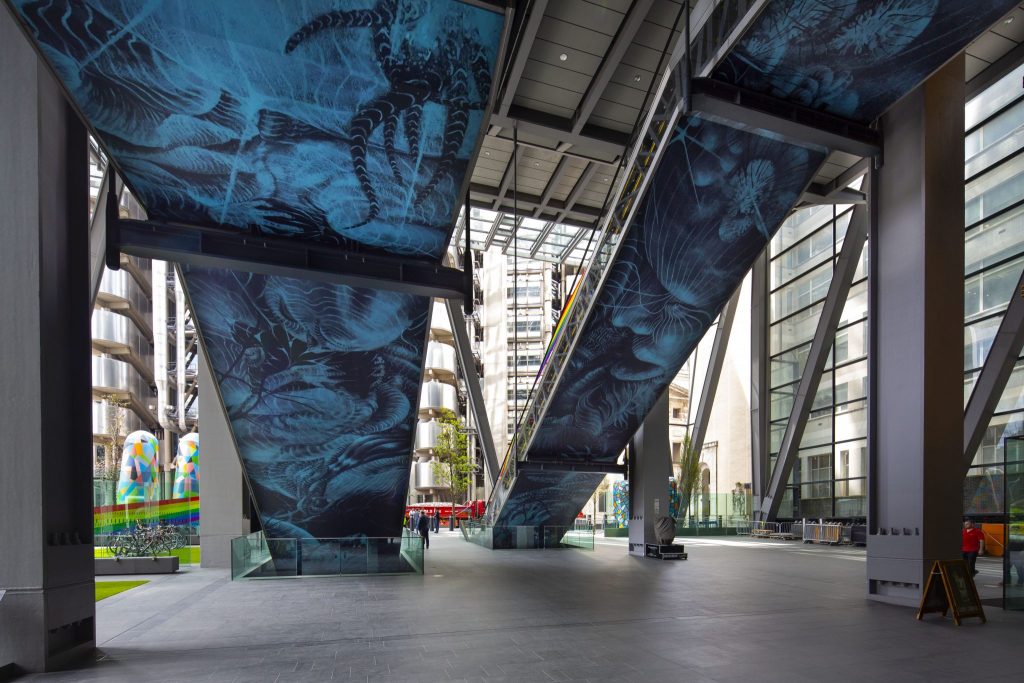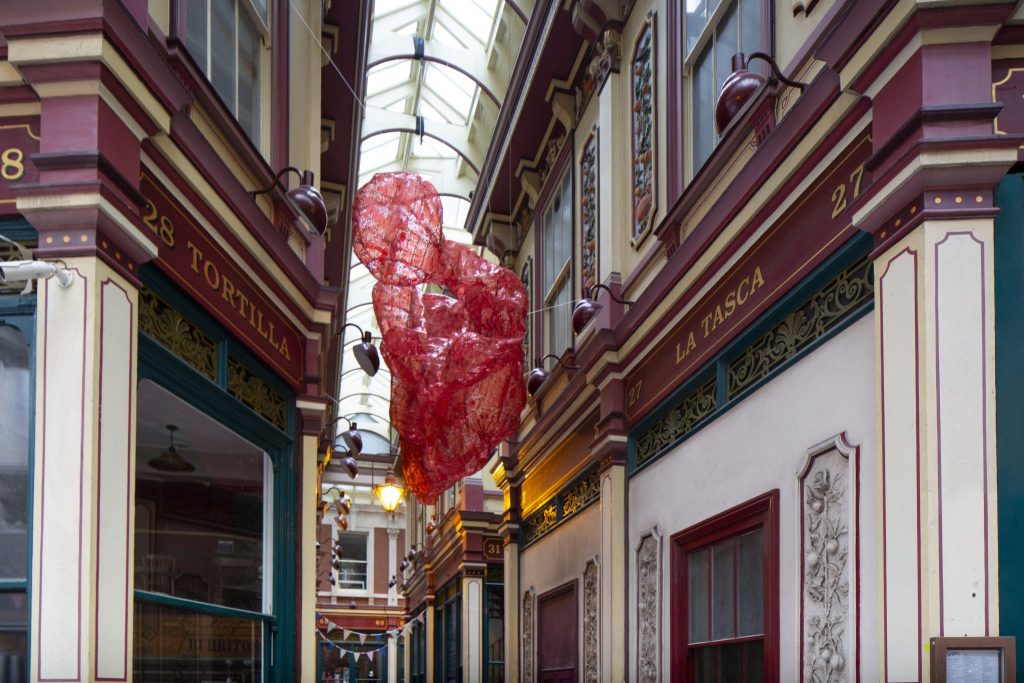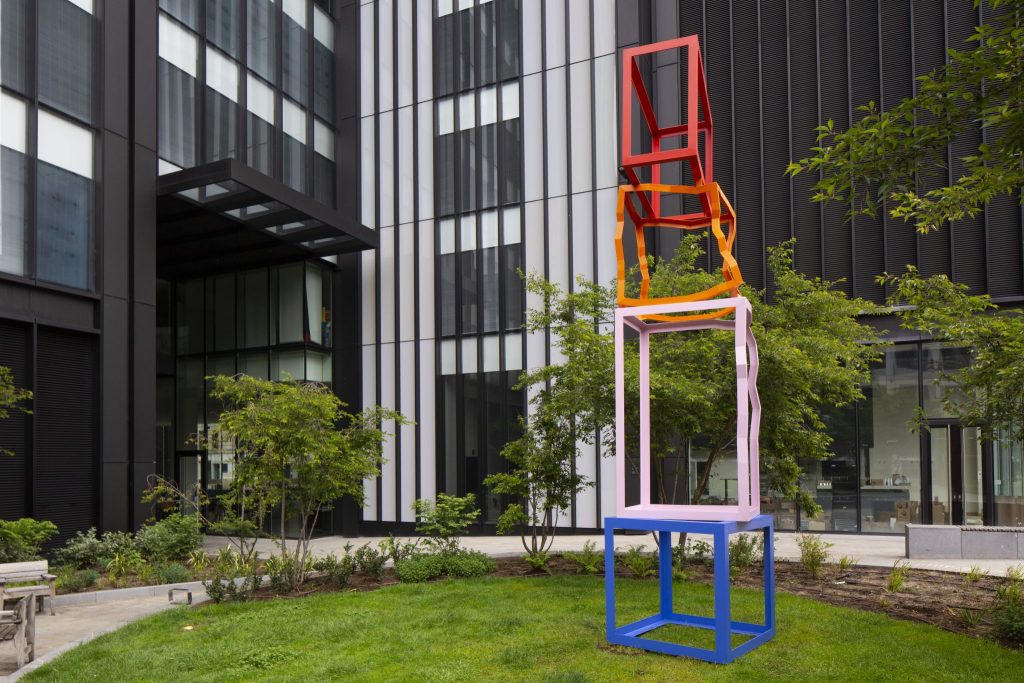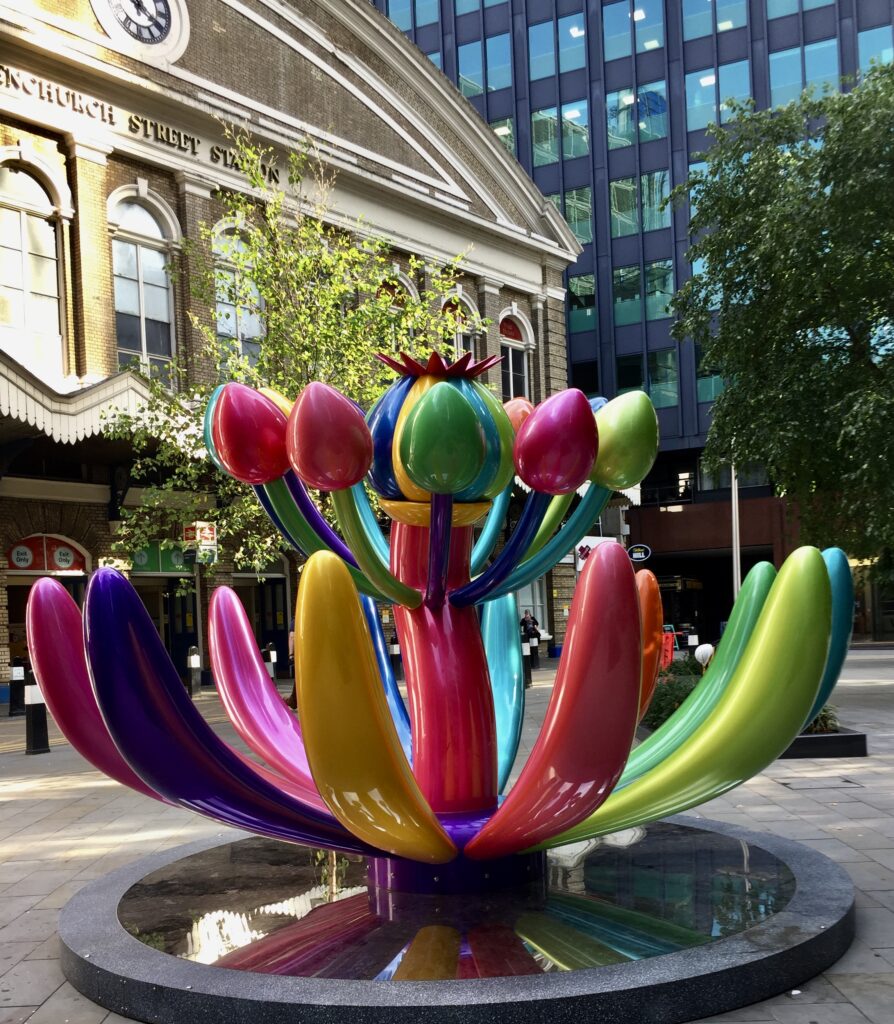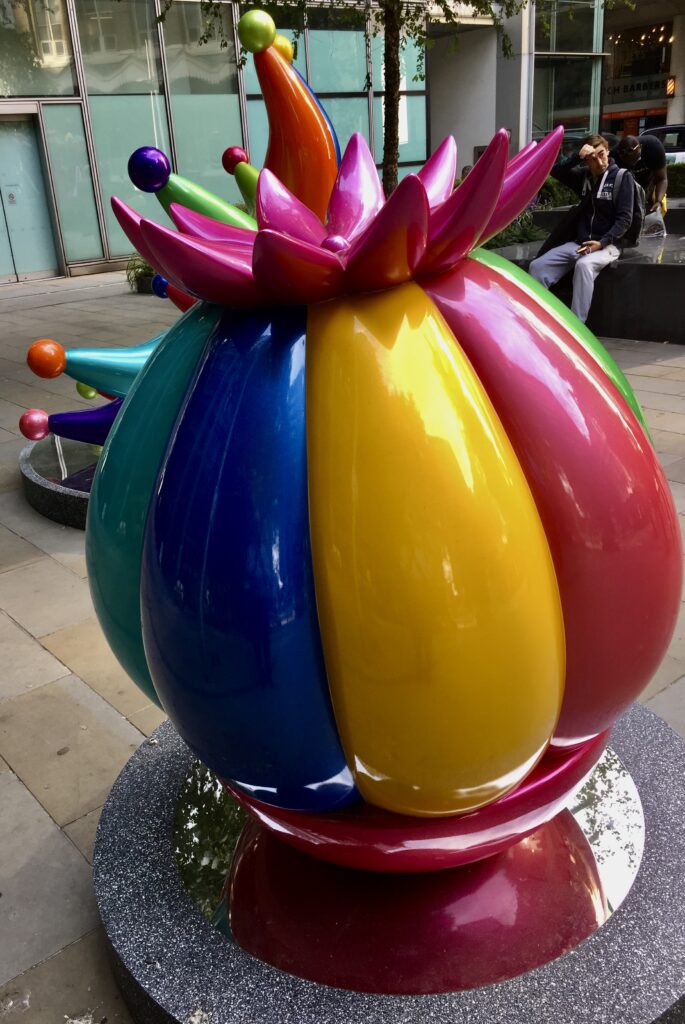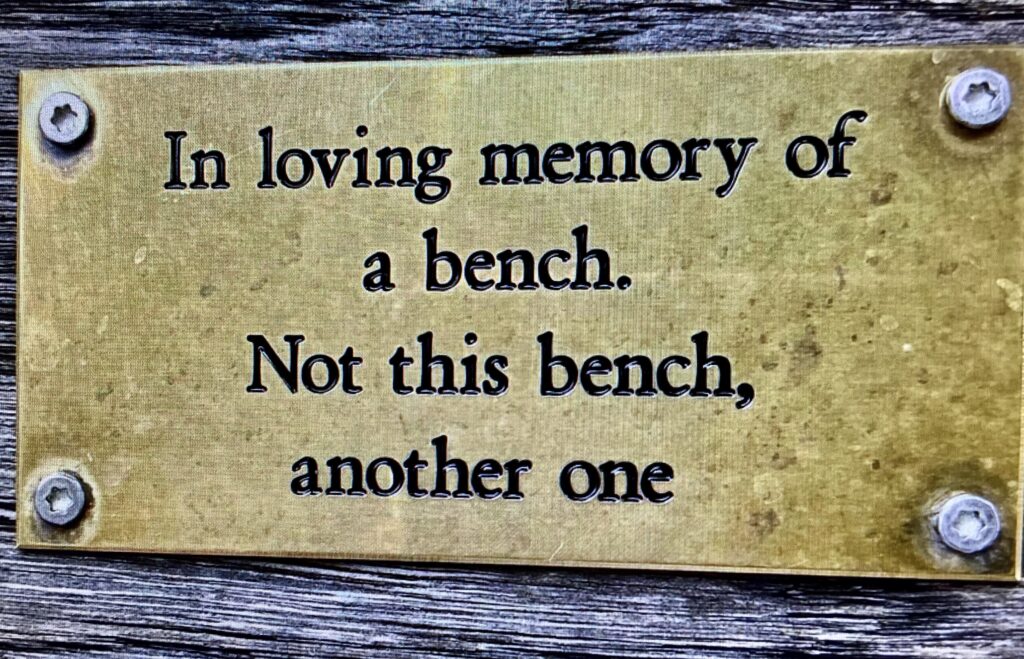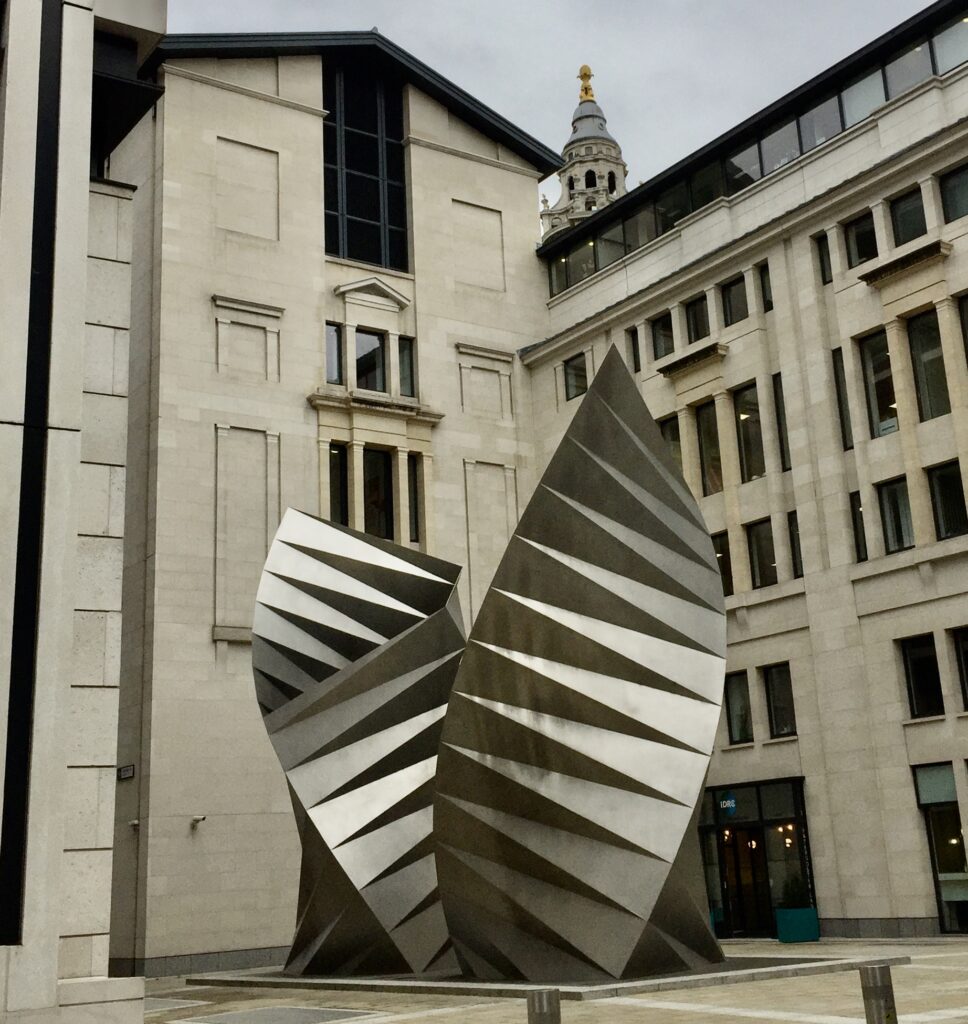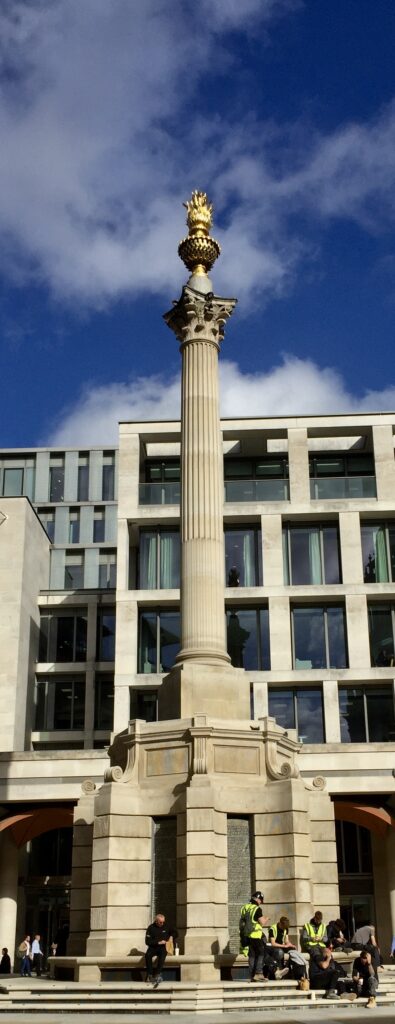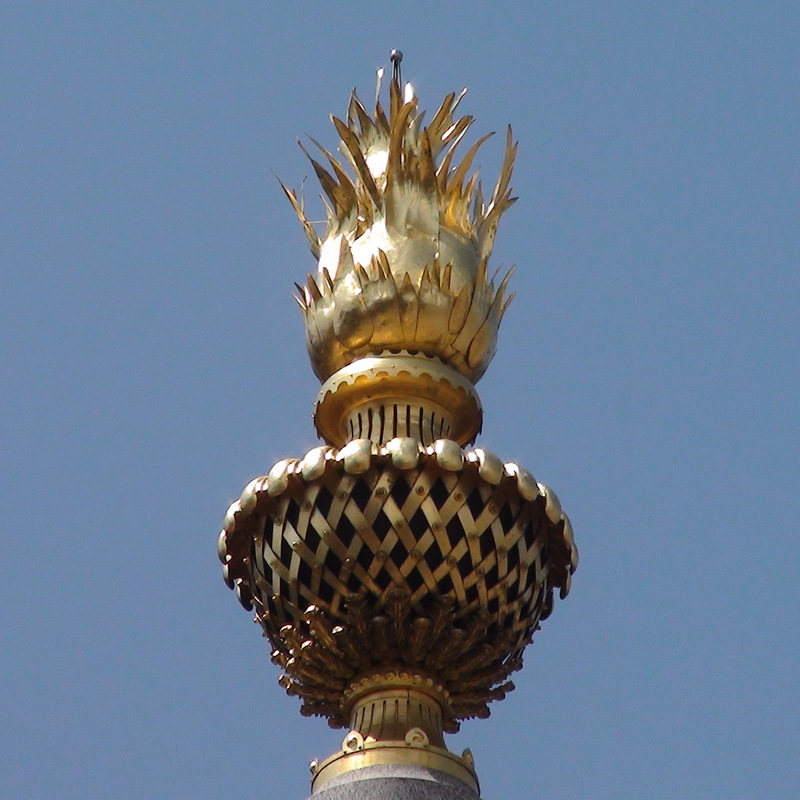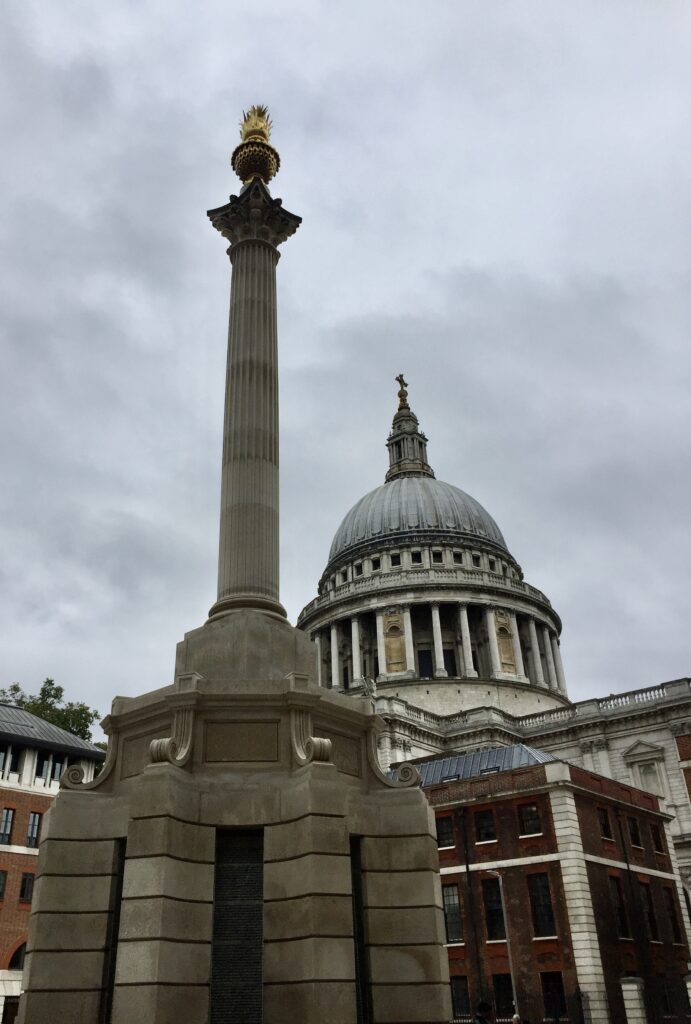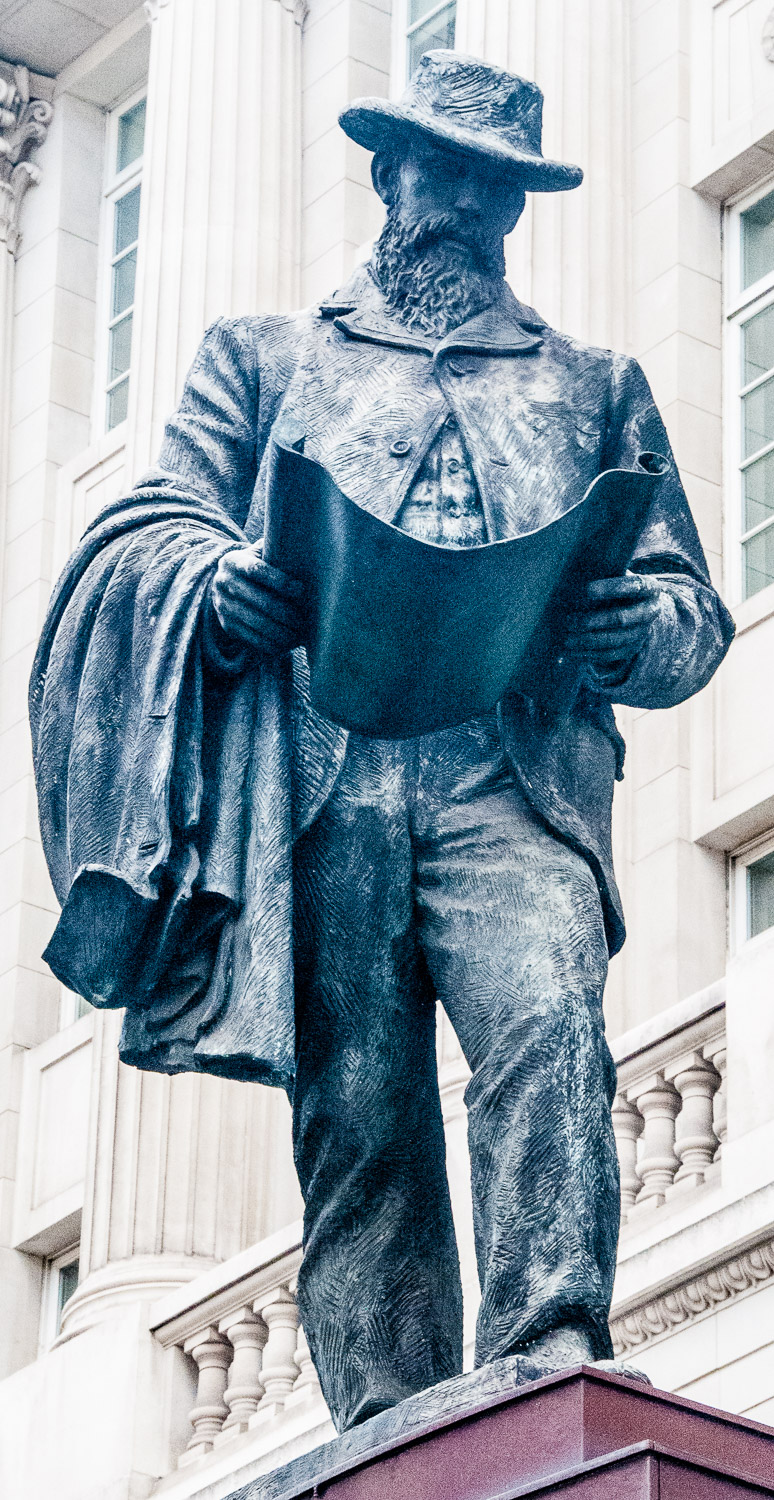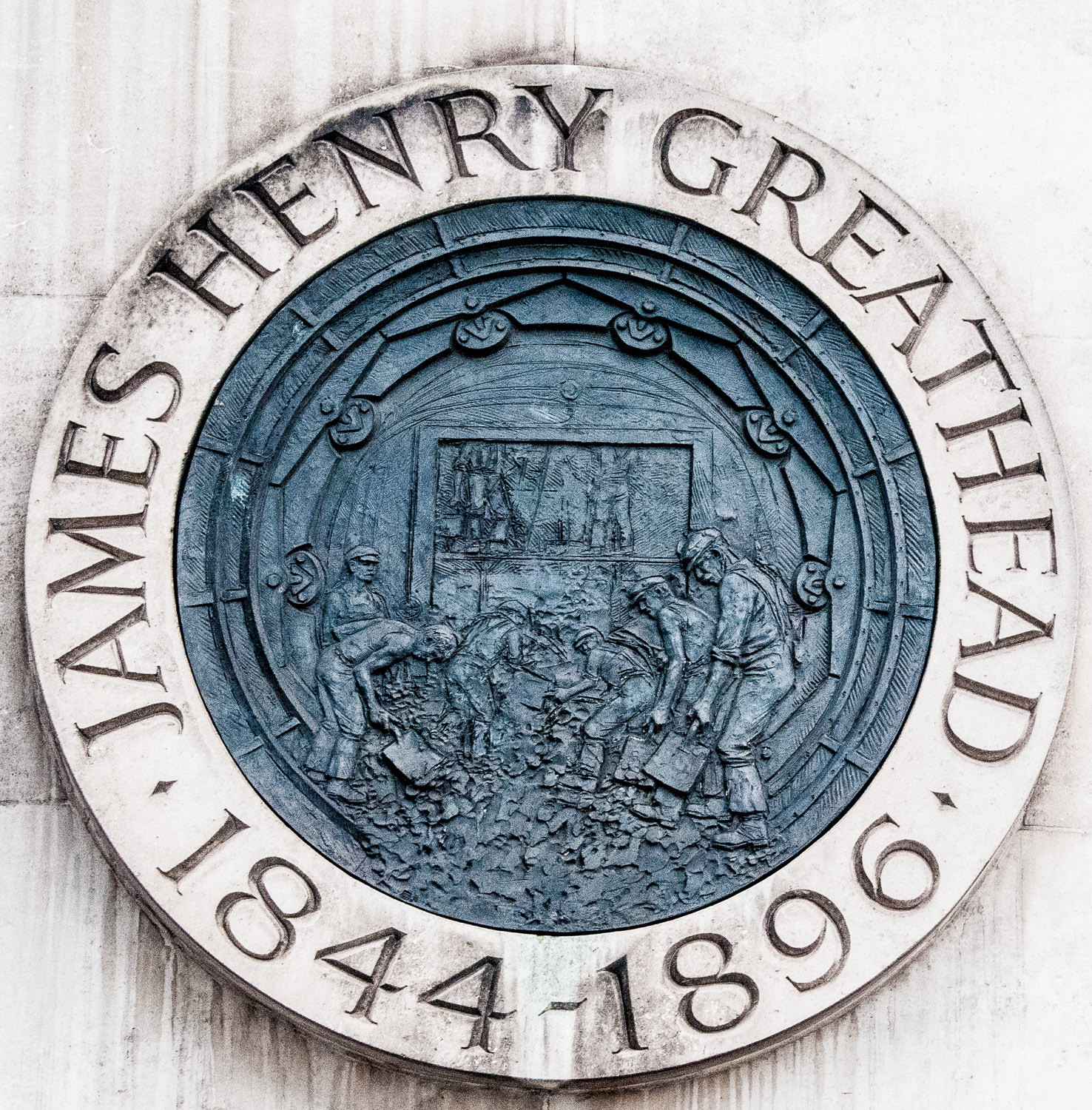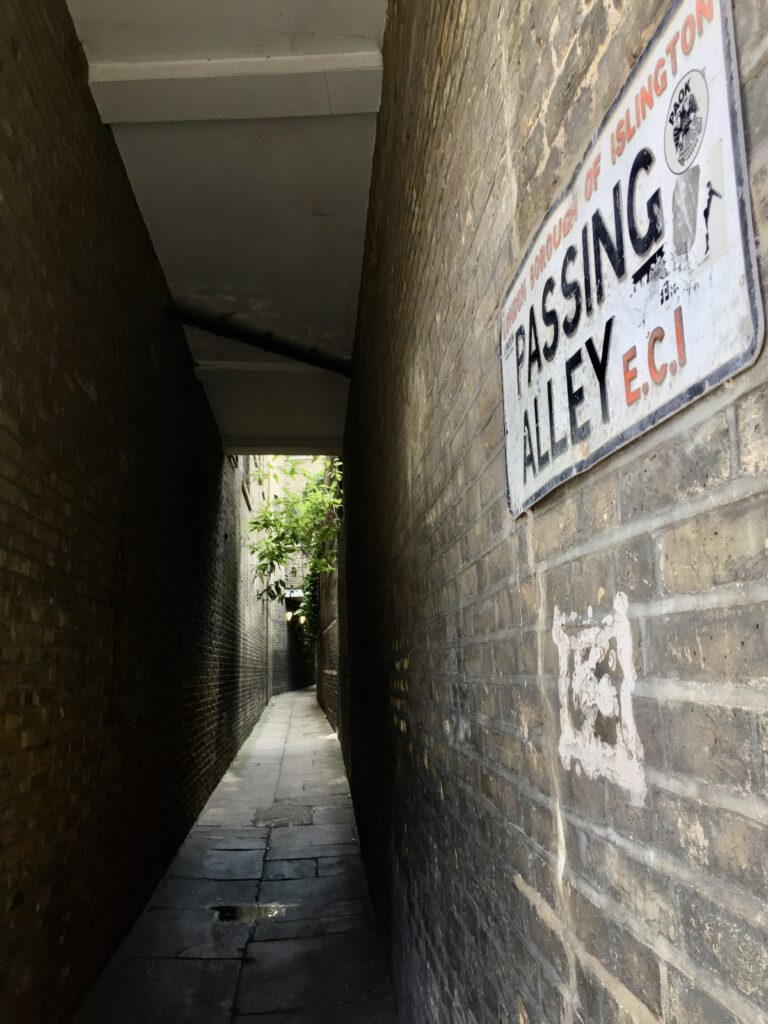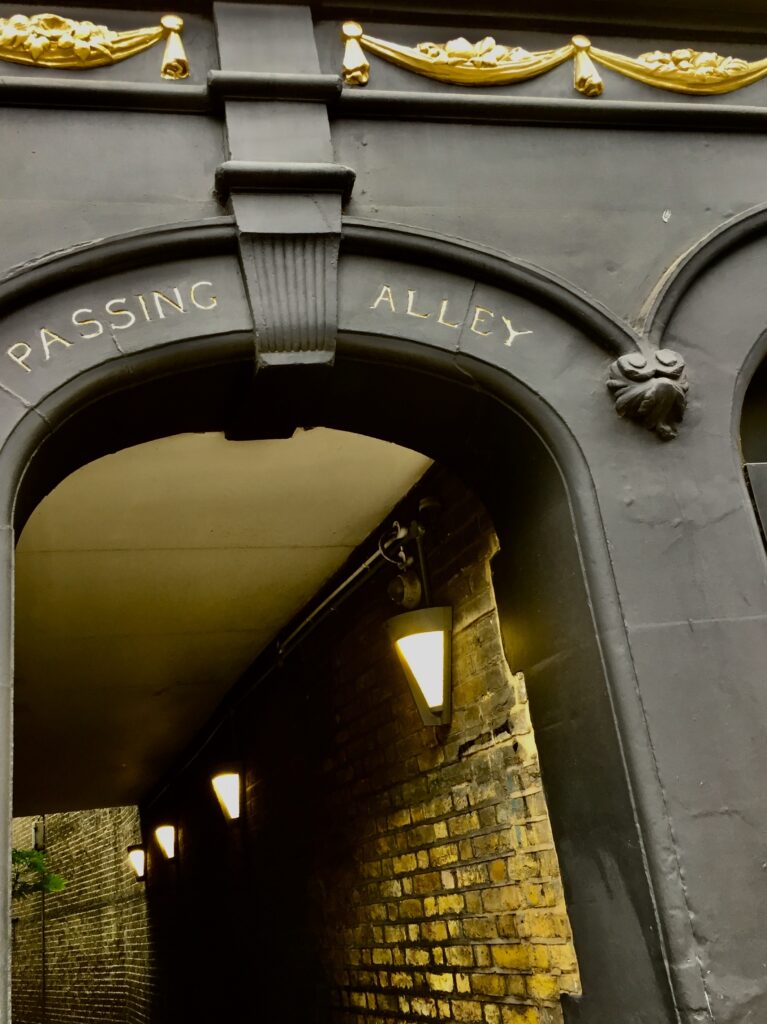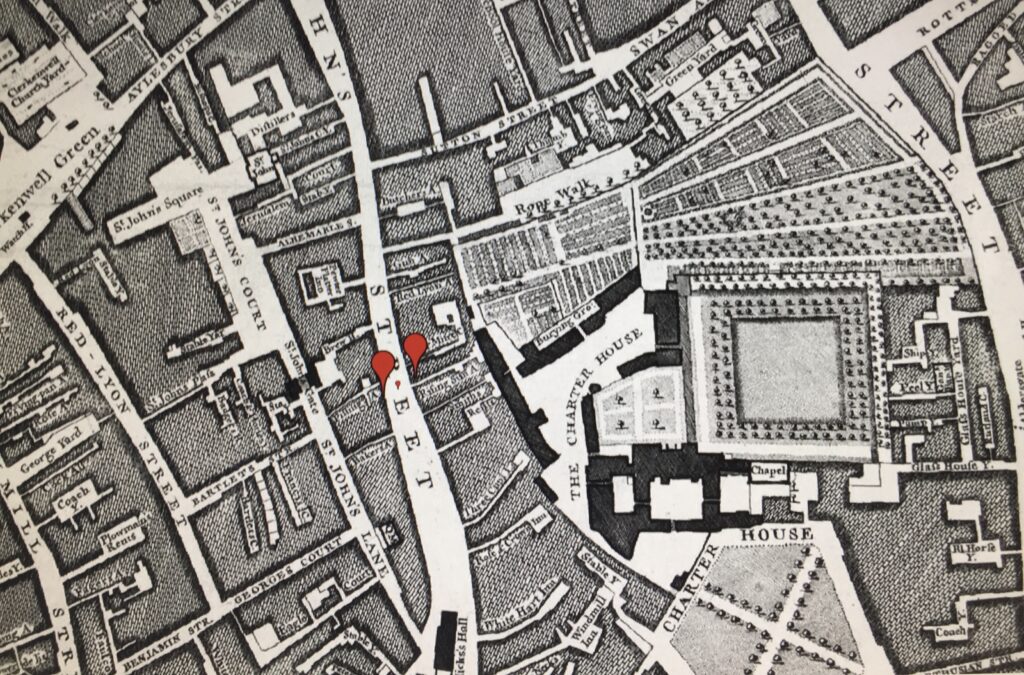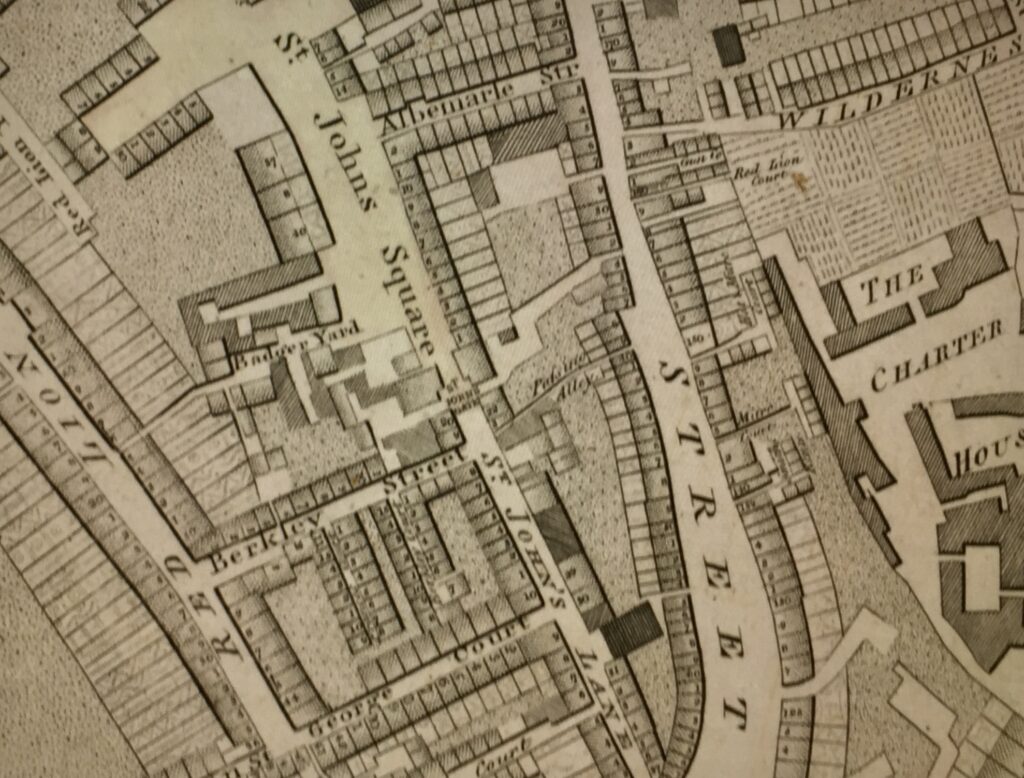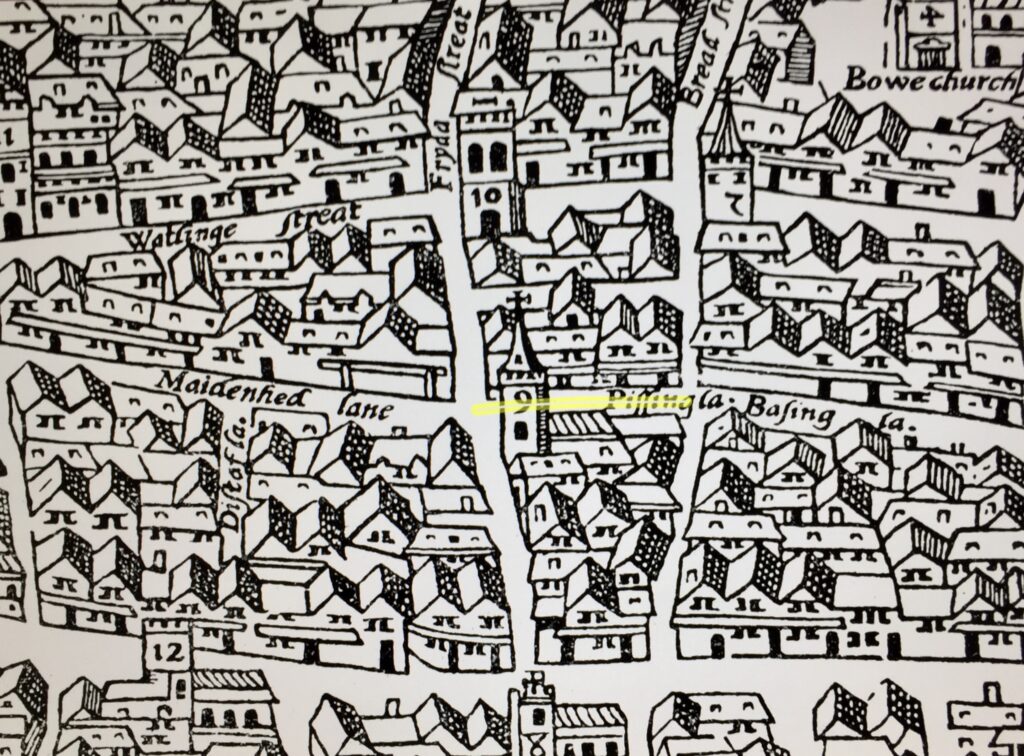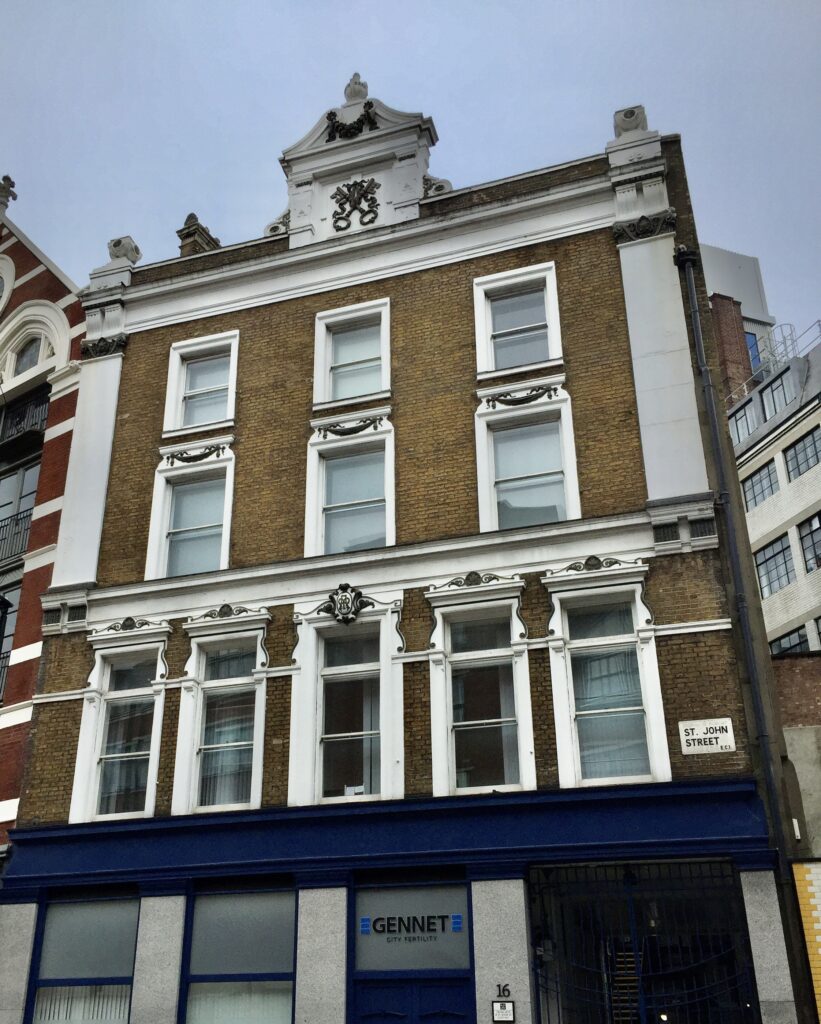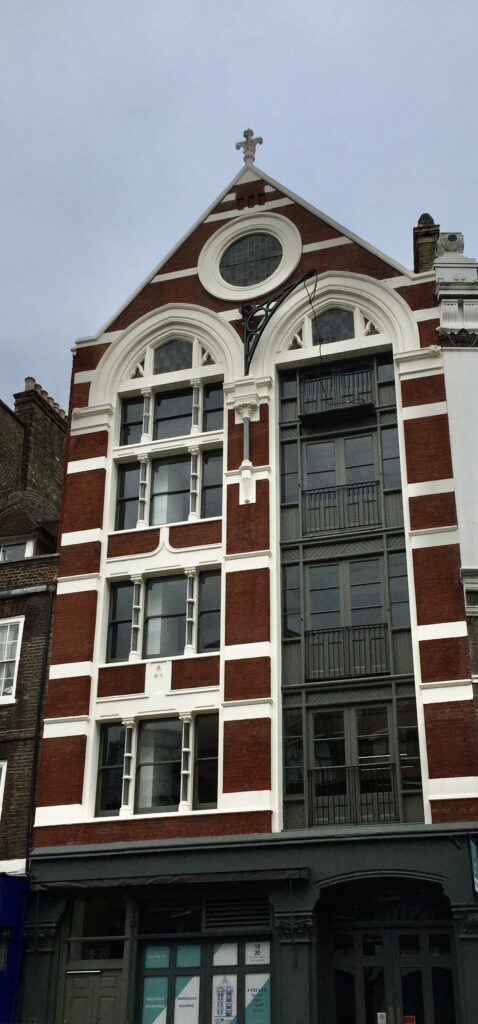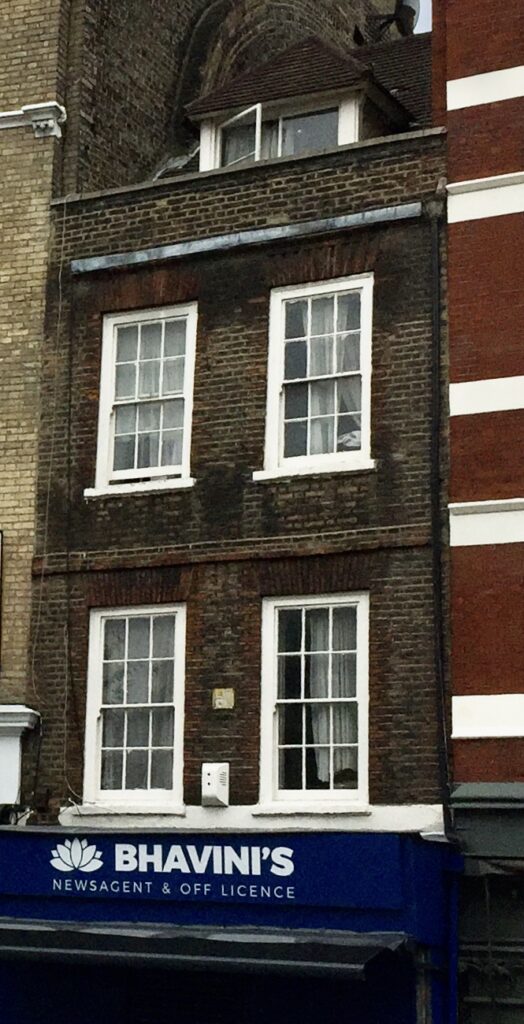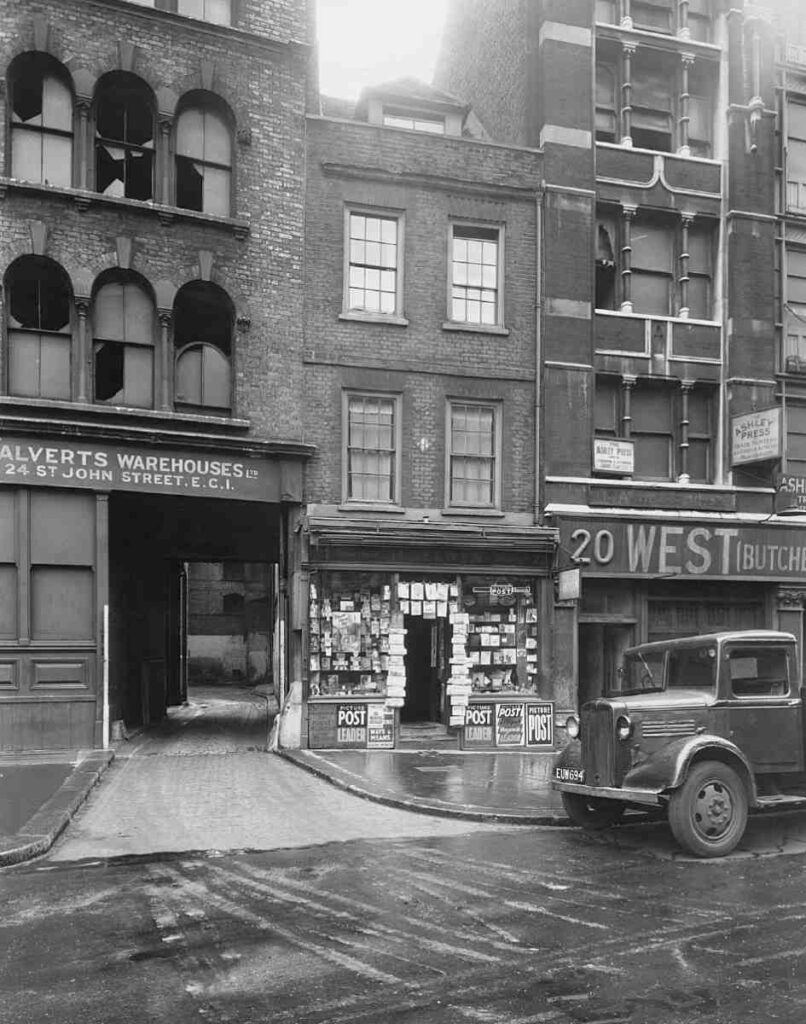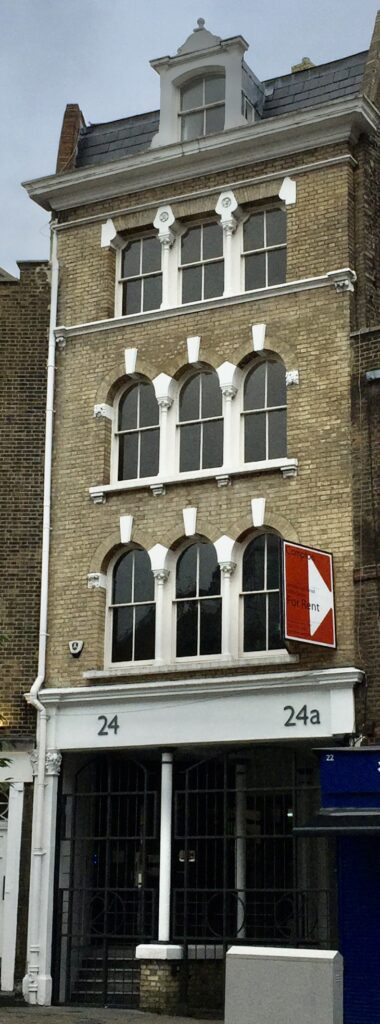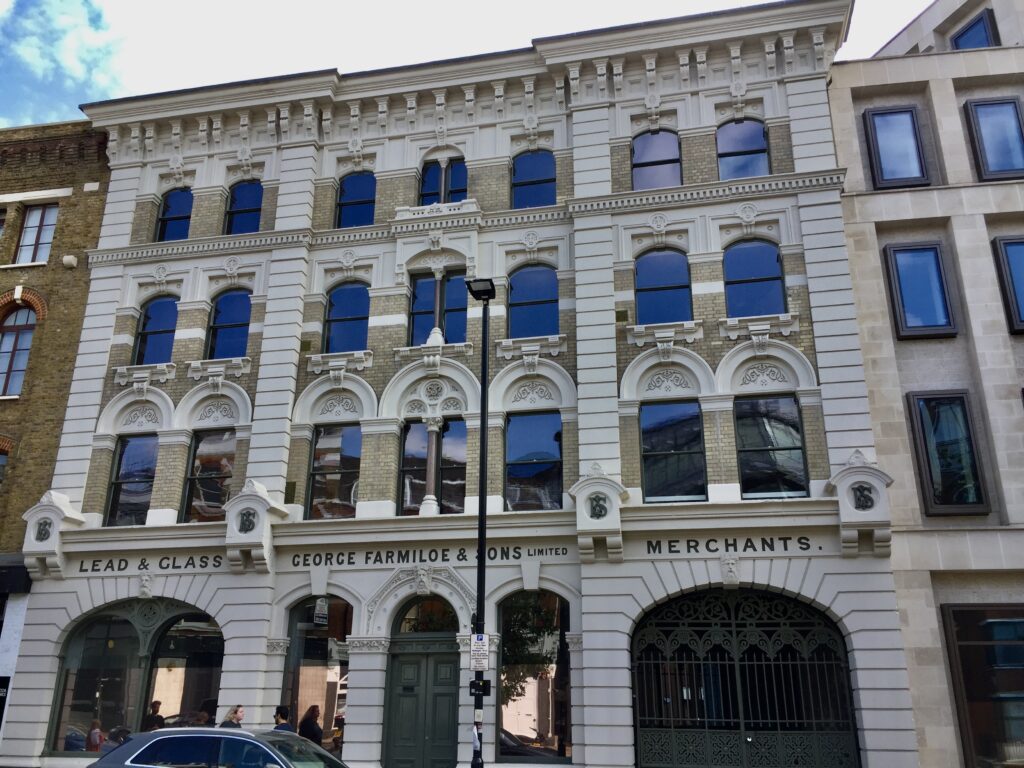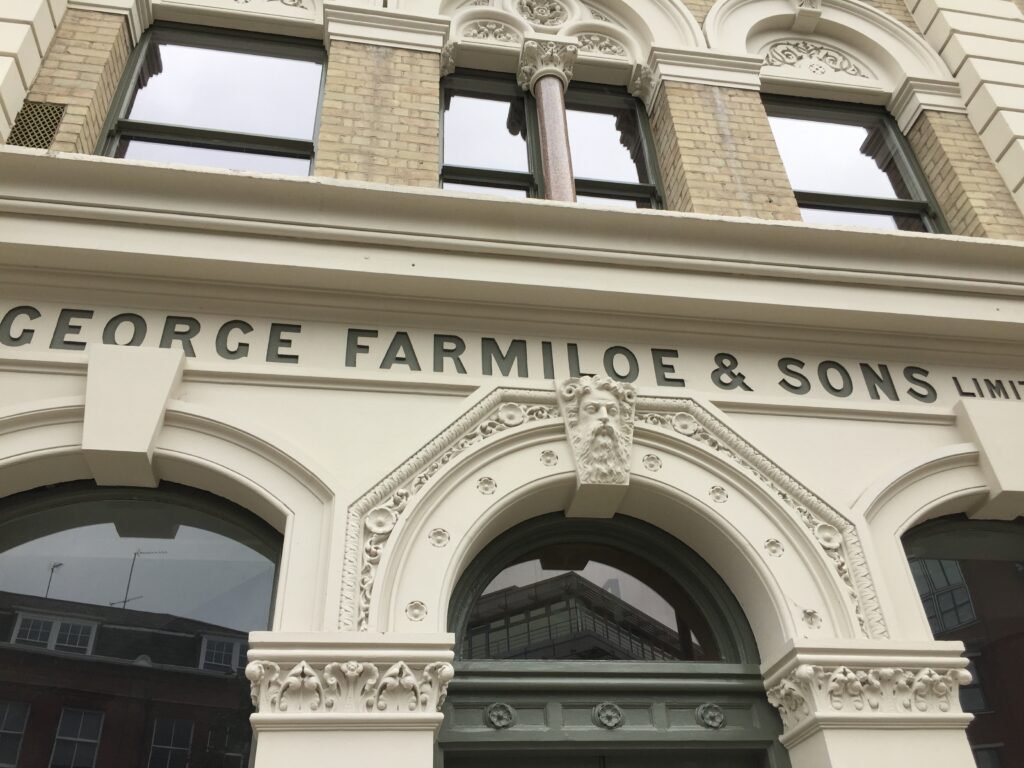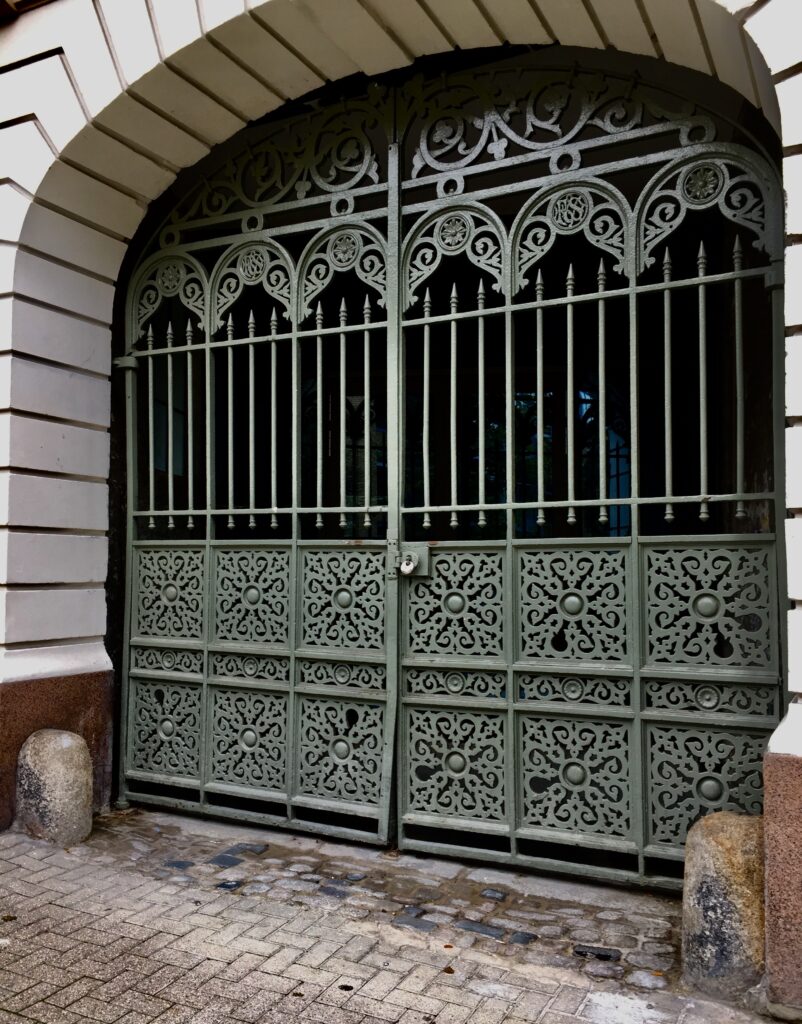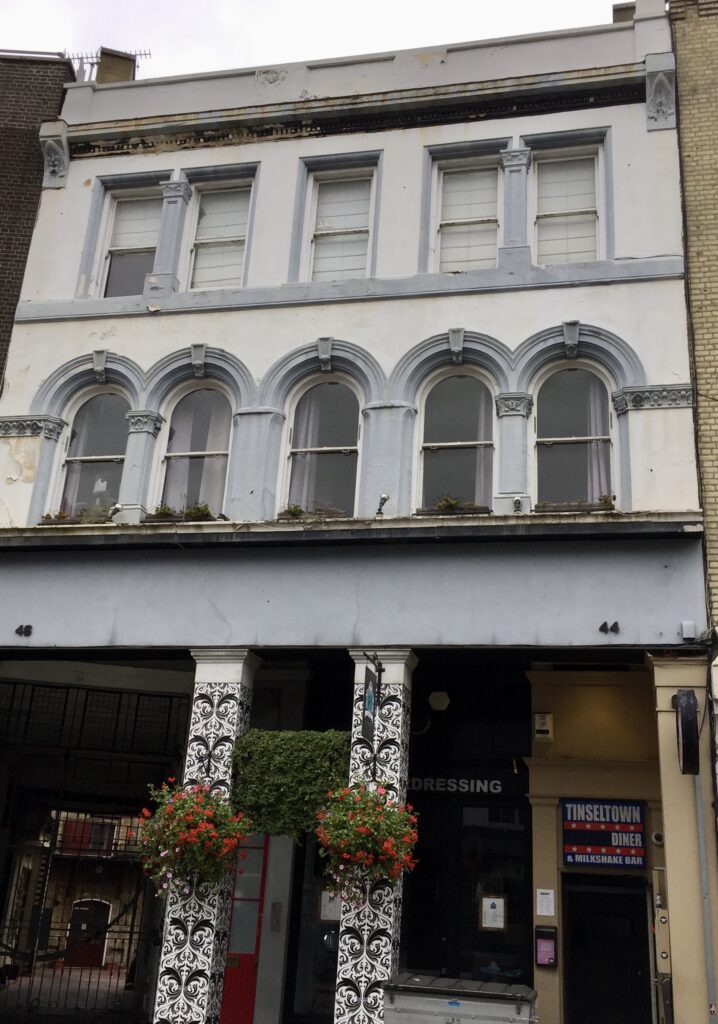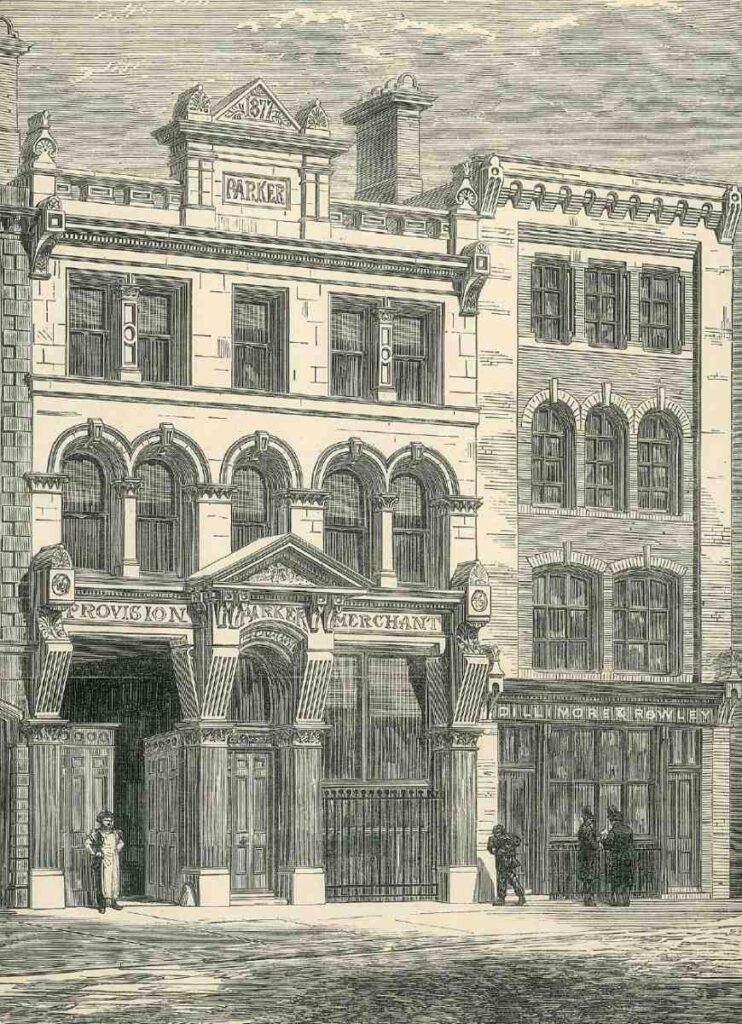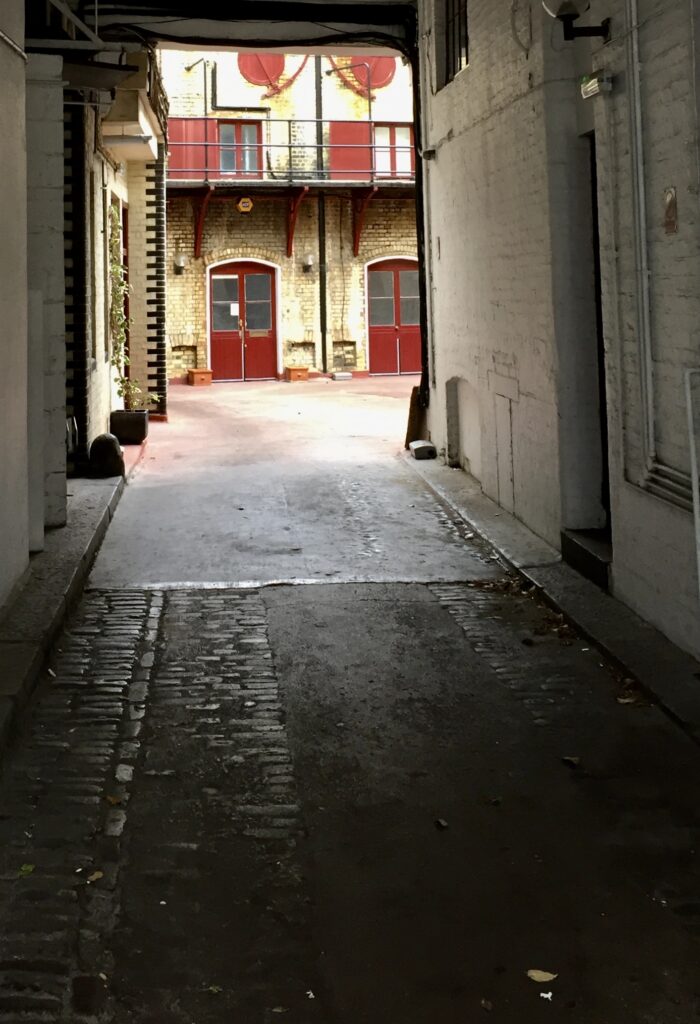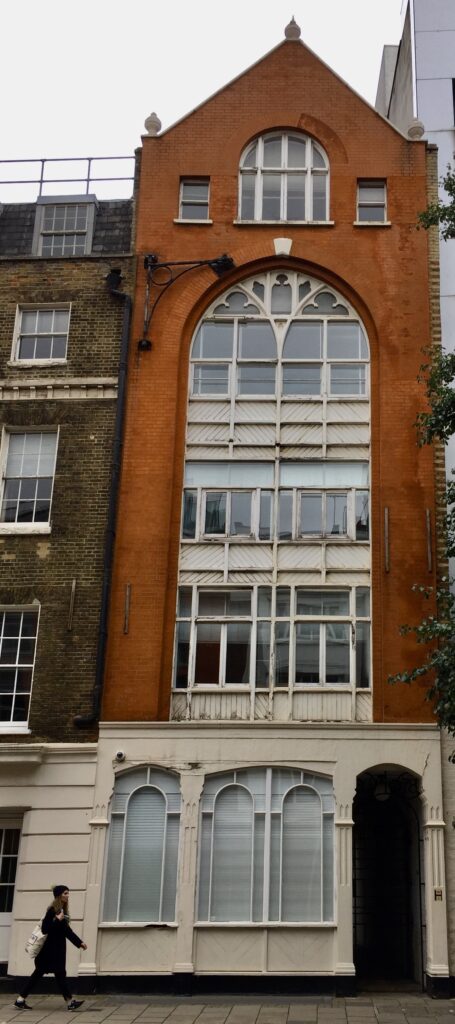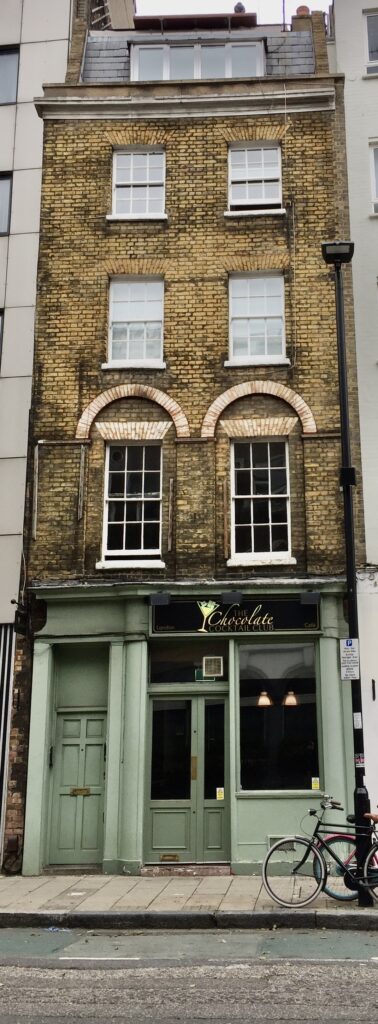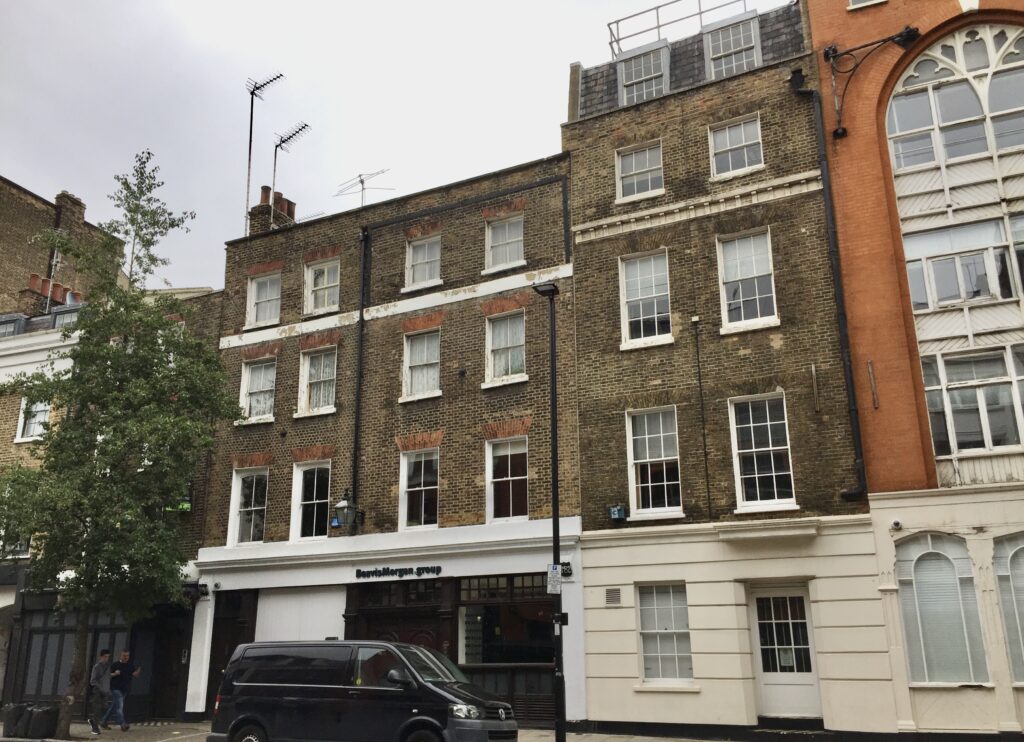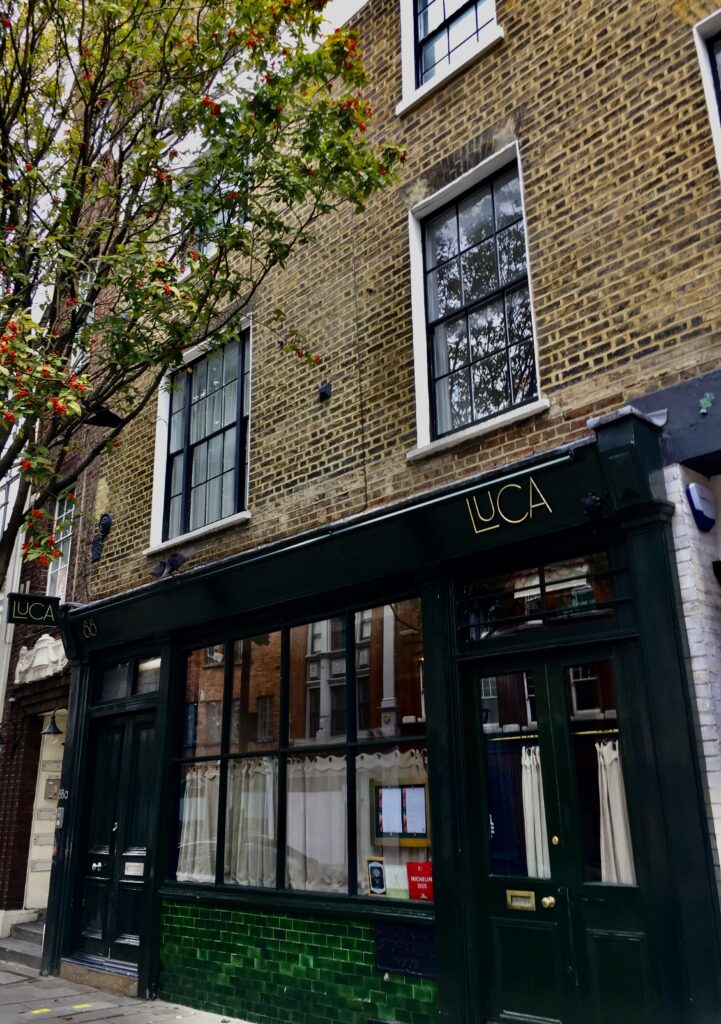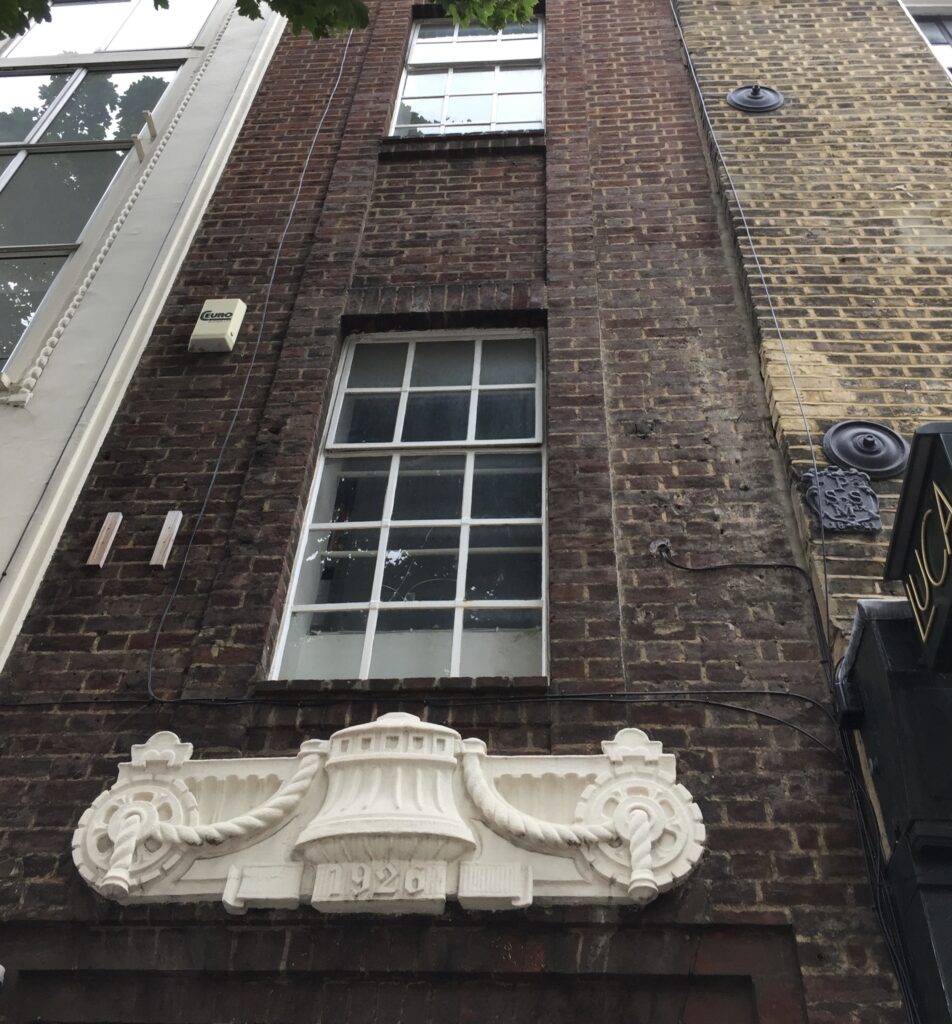As regular readers of this blog will know, I love the Museum of London and it’s one of my go-to places if I feel I need a bit of cheering up (and, almost inevitably, I learn something new).
For example, it had completely escaped my notice that the Roman Emperor Claudius used elephants during his invasion of Britain in AD 43. Not far inside the entrance to the Museum is this totally bonkers mural illustrating their use in battle. The beasts look suitably angry at being dragged half way around the world just to stamp on a few ancient Britons …
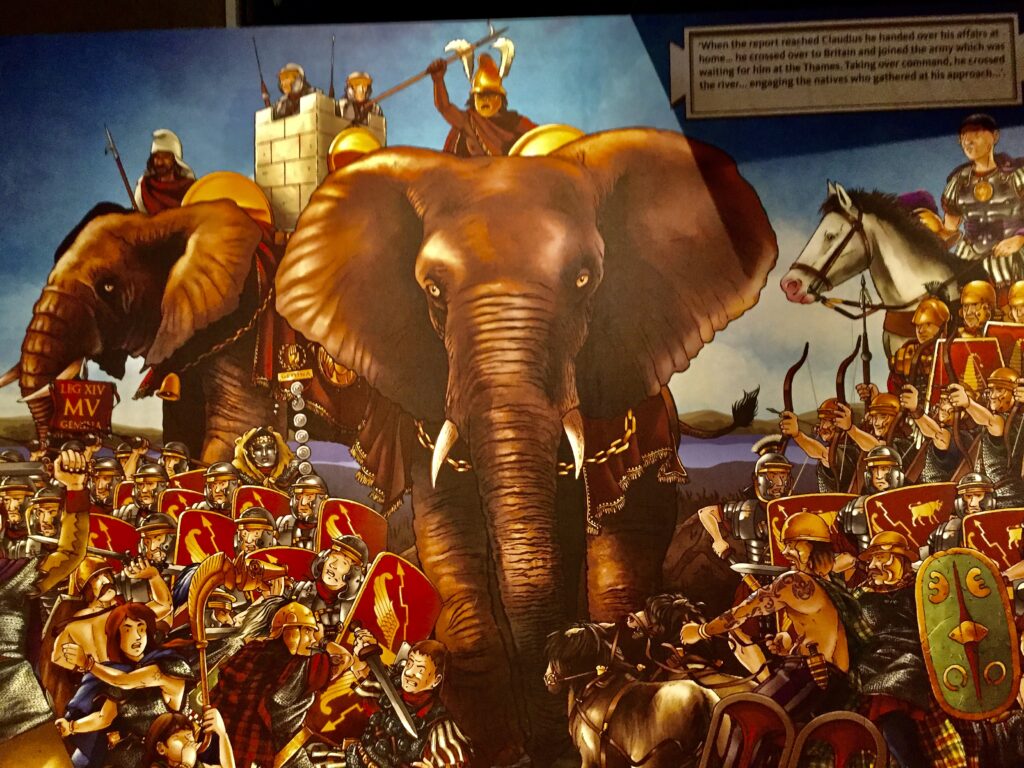
There’s Claudius on the right on a white horse, possibly declaring ‘missio peracta’ (which Google assures me is ‘mission accomplished’ in Latin). Around the same time a young woman of the Iceni tribe called Boudica was aged about 30.
As Queen Boudica, she is now famous for her 60/61 AD uprising against the Romans. For resisting the appropriation of her property and that of her tribe, the local Roman procurator had her flogged and her daughters raped. Building on the fury of other tribes, she raised an army which went on to capture present day Colchester (Camulodunum) routing the Roman division there in the process. She then headed for Londinium.
Early London was a sprawling settlement, unwalled and defenceless since the Governor, Gaius Seutonius Paulinus, believing his troops to be disastrously outnumbered, made a tactical retreat (i.e. fled). On arriving, Boudica’s army burnt the place to the ground and slaughtered everyone they could find. These skulls on display in the Museum may be evidence of that massacre …
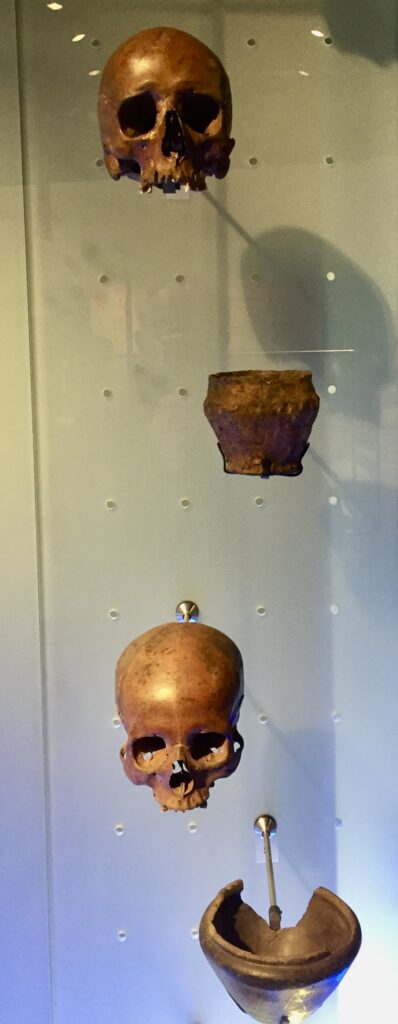
Primarily belonging to young adult men, a large number were found in the ancient Walbrook stream (although it must be said that there are alternative theories as to their origin).
The settlement of Verulamium – today’s St Albans – was next to feel the wrath of Boudica’s revenge as her, seemingly unstoppable, army sacked and burnt it en route to their inevitable confrontation with the now significantly strengthened Governor’s army.
The battle went badly and, rather than face the inevitable humiliation of capture, she is said to have poisoned herself and was buried by her people at a secret location. Some claim she’s buried beneath platform 10 of King’s Cross Station – maybe that’s why there’s a Boadicea Street nearby (N1 0UA)!
‘How’s my driving?’ Here she is with her daughters, driving her chariot, remarkably without the use of reins …
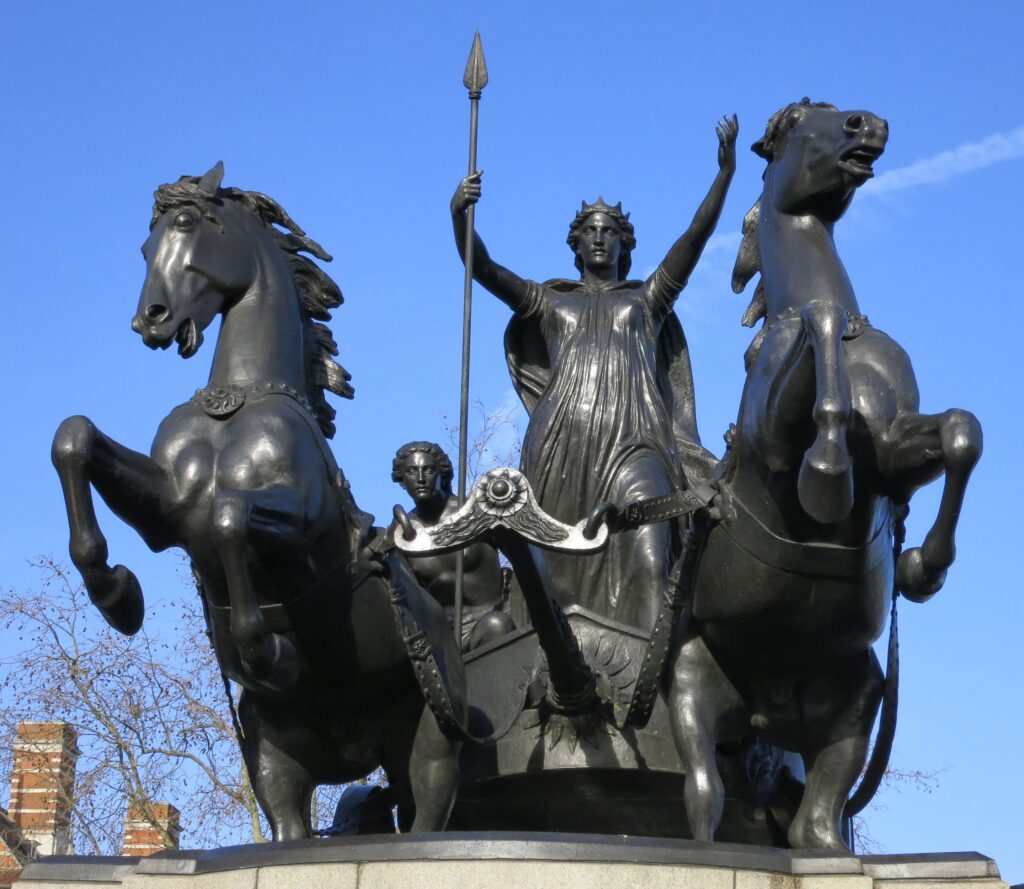
Evidence of Boudica’s destruction of London lives on in a layer of burnt earth and debris known as the Red Layer that is occasionally uncovered during modern developments.
Not an elephant but the skull of a long extinct animal called an Auroch …
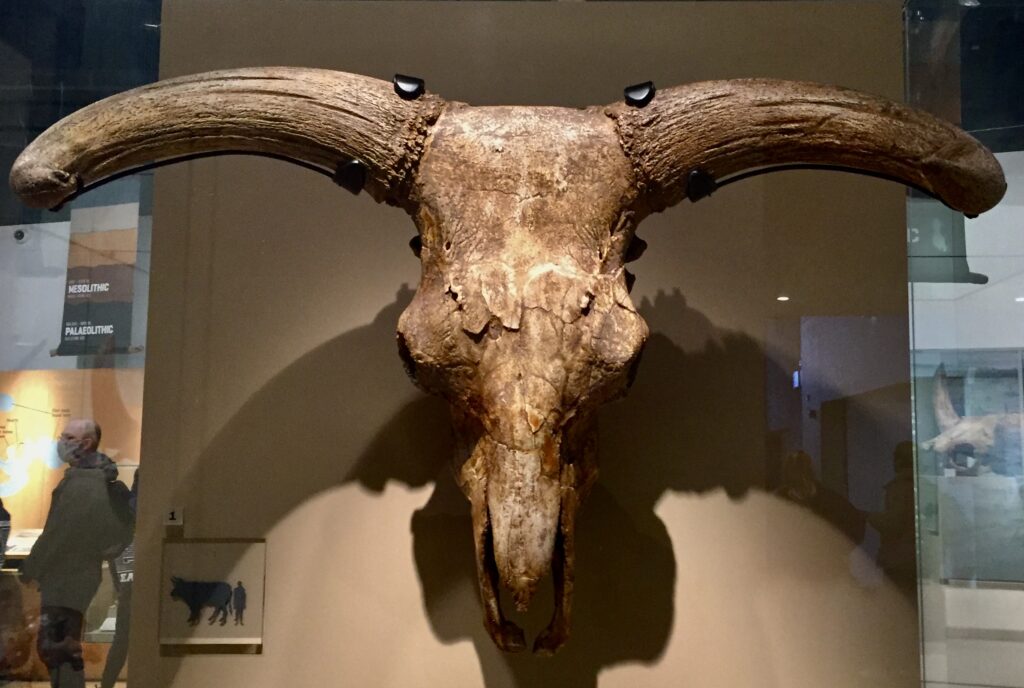
Up until the early 17th century you could still have encountered a live one (living in Poland). The one in the museum lived in Essex and was found in Ilford where it would have been part of a large herd. Incidentally, Aurochs live on today in the coats of arms of Romania and Moldova.
There’s a great temporary exhibition at the Museum illustrating the work of contemporary London makers.
I really like this stained glass work entitled Gorilla (2017) by Piotr Frac …
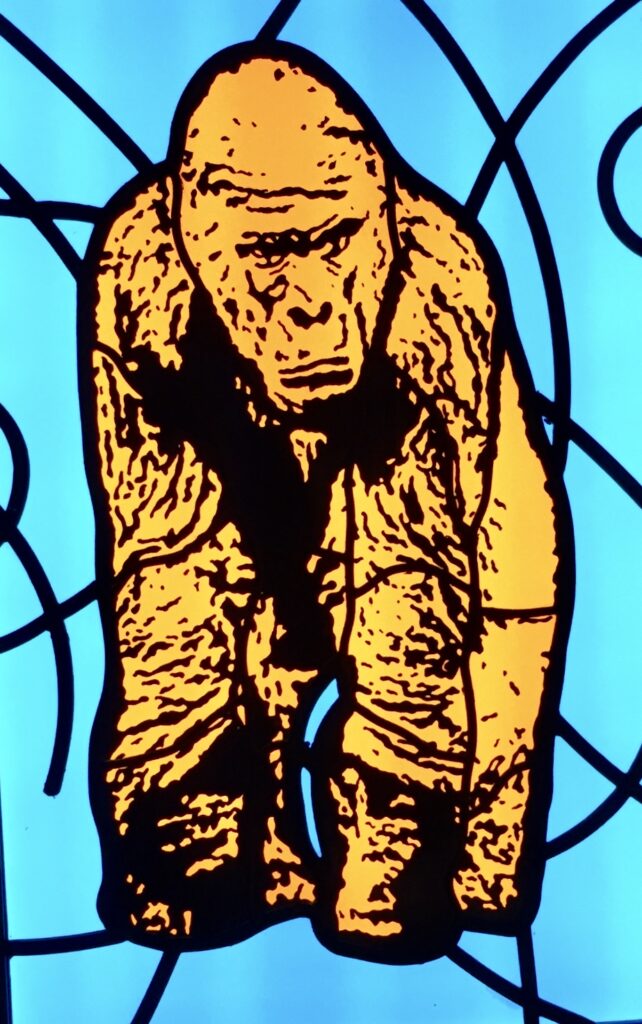
And what about this piece by James Shaw entitled Plastic Baroque …
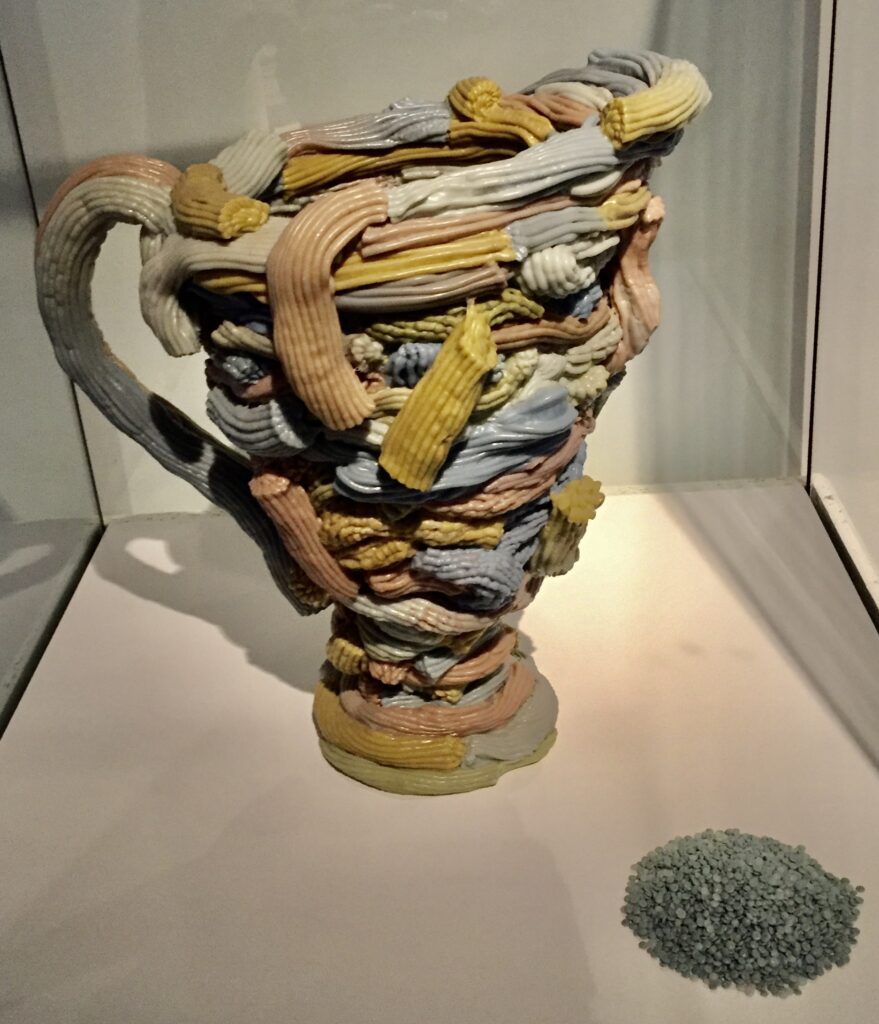
And I love this witty Venus (2015) by Claire Partington …
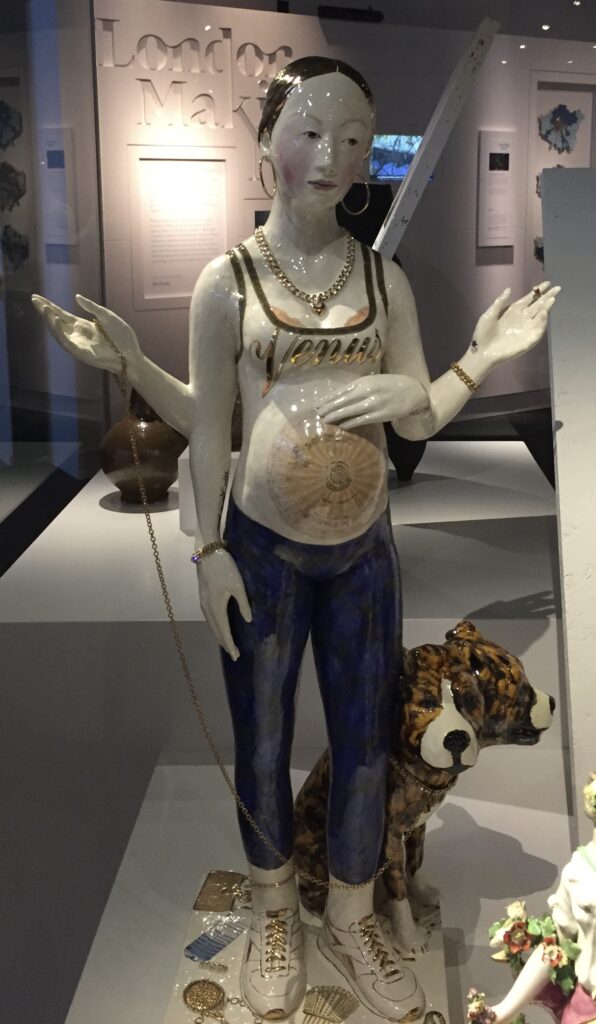
Pregnant and casually dressed, she poses with a ciggie in one hand and the dogs’ leash in another.
Now some brave women from a different era, the Suffragettes. This is the banner of the West Ham branch of the Women’s Social and Political Union 1909-1910 …
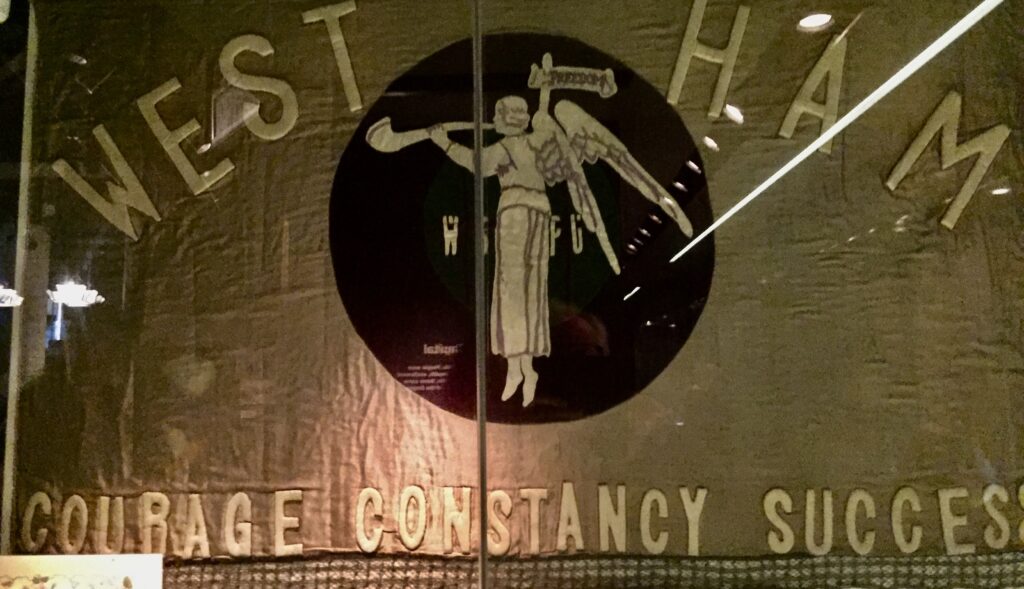
Suffragette prisoners often removed loaves of bread from Holloway Prison as a souvenir of their incarceration. Now well over 100 years old, this loaf was carefully preserved and gifted to the Museum in 1950 …
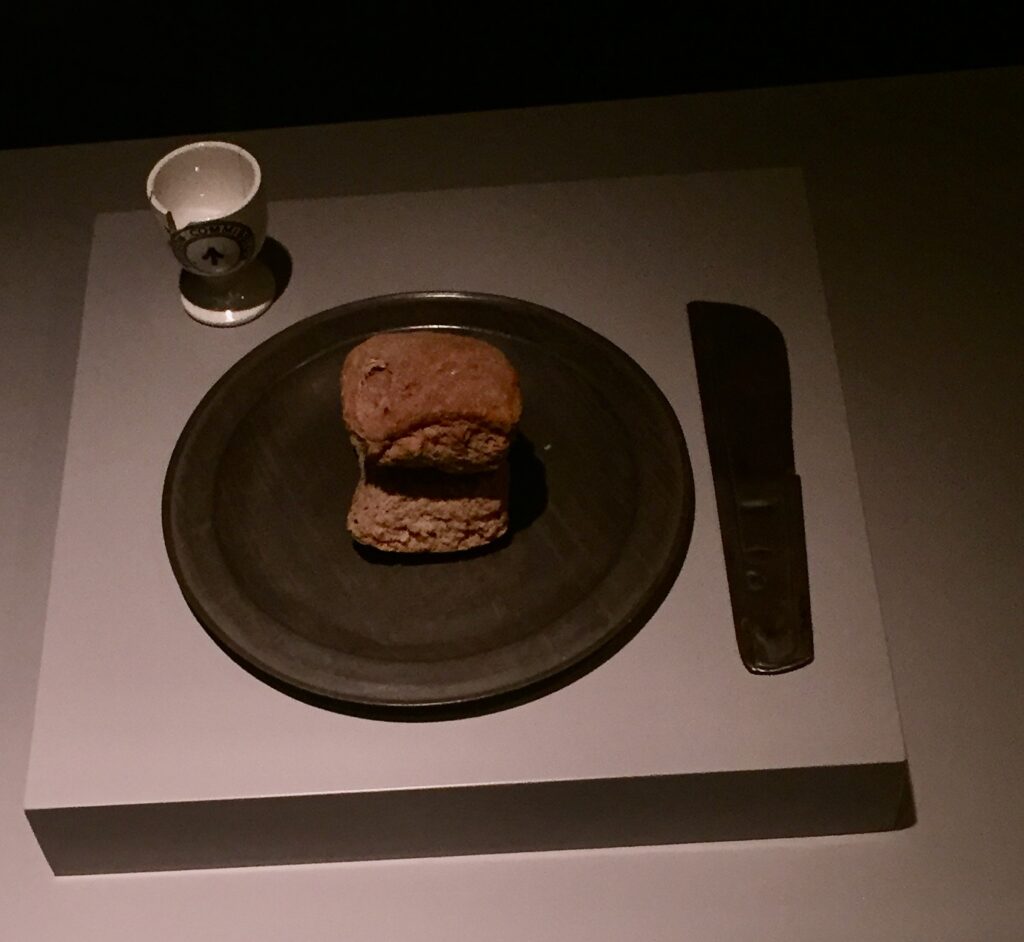
Read more about the campaign for Votes for Women and those who fought it here.
What a great poster …
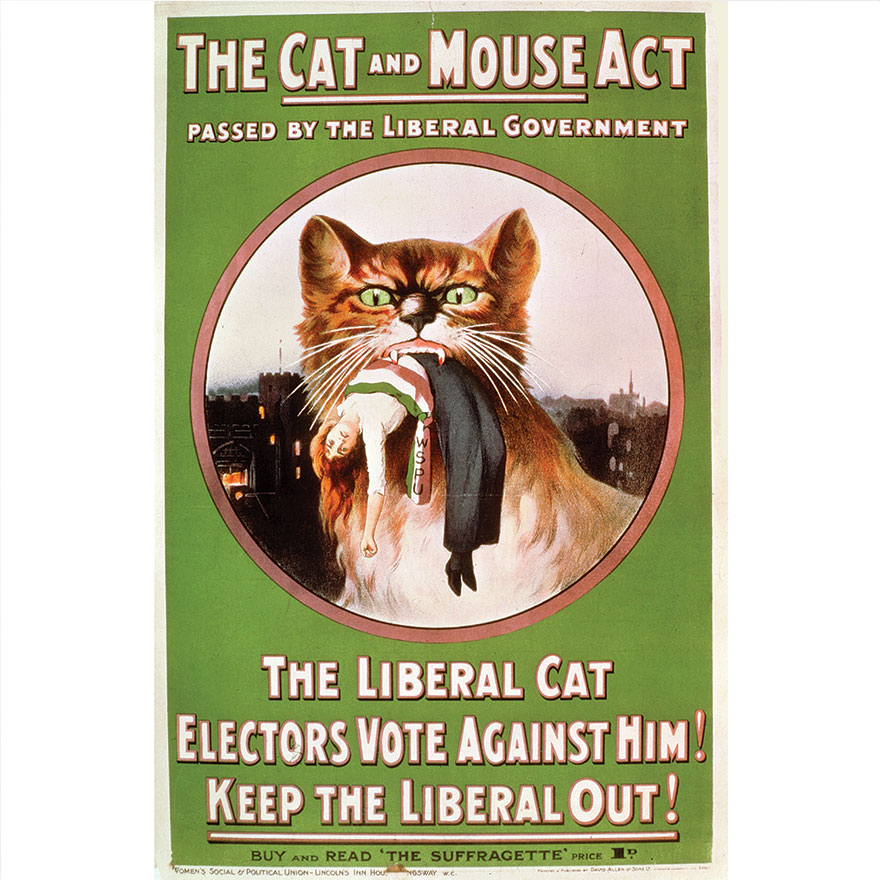
If you’d like to cast you mind back to the heady, optimistic days of the 2012 London Olympics, the Olympic cauldron is on display again …
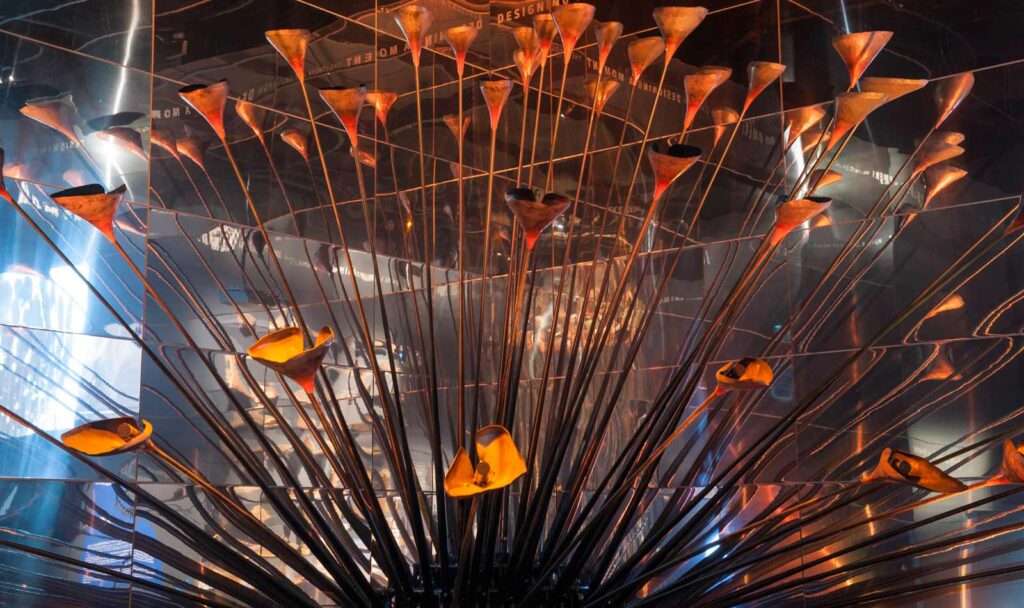
When you are appropriately Sanitised, the Victorian Walk is always a nice way to complete a visit …
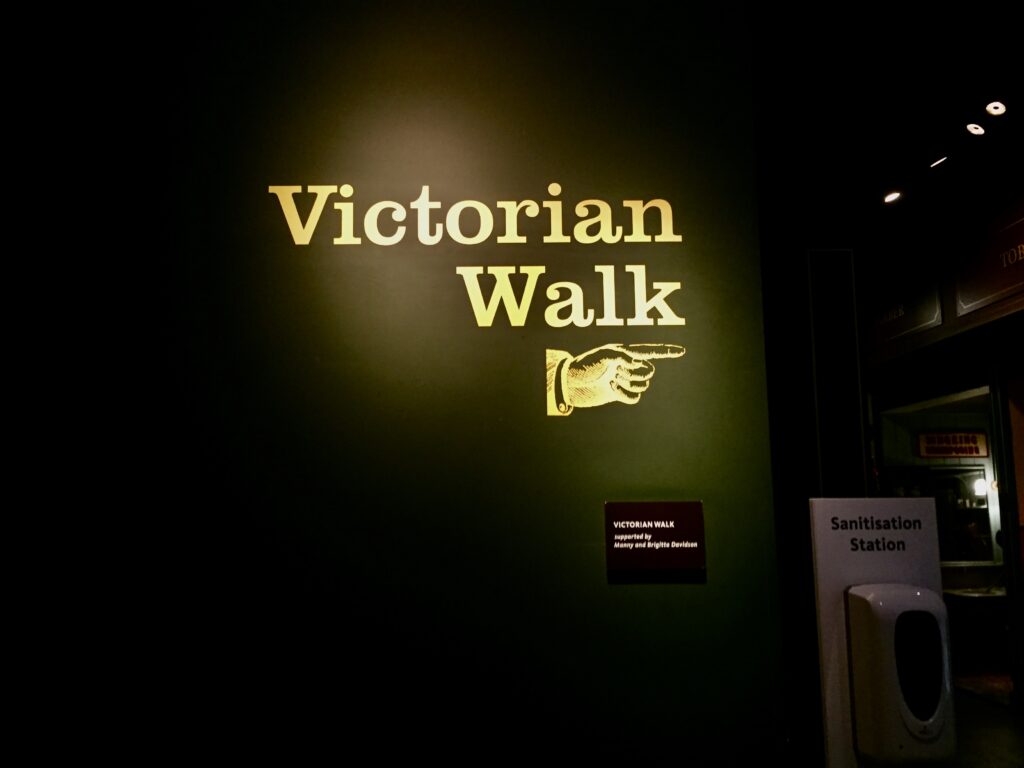
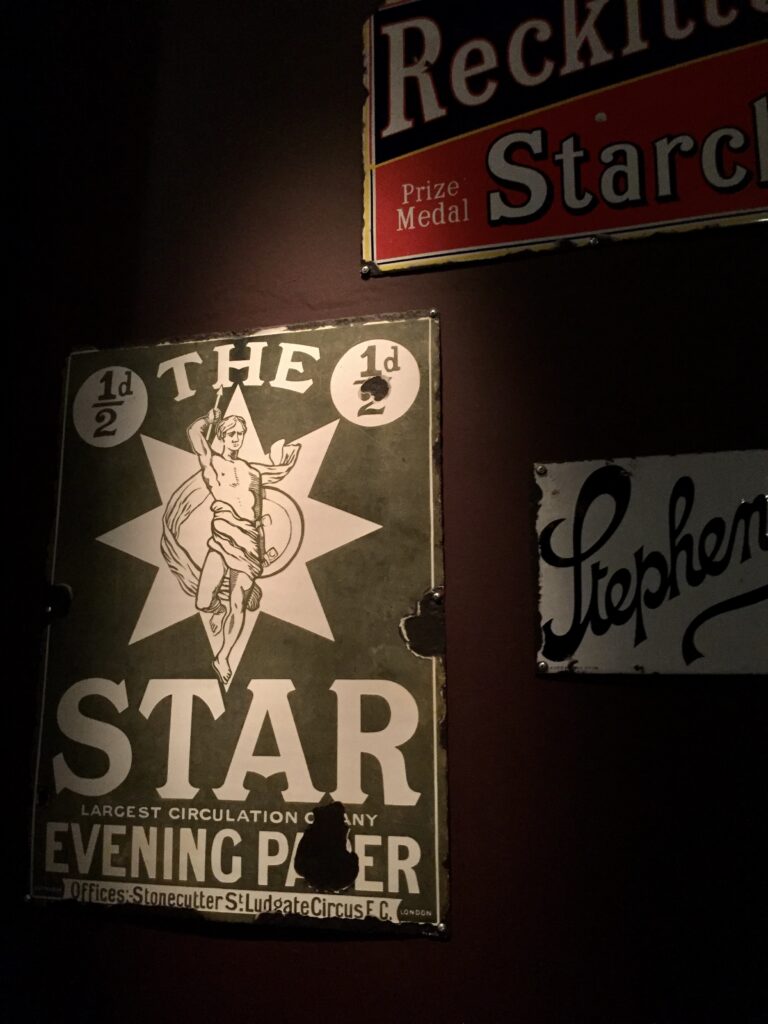
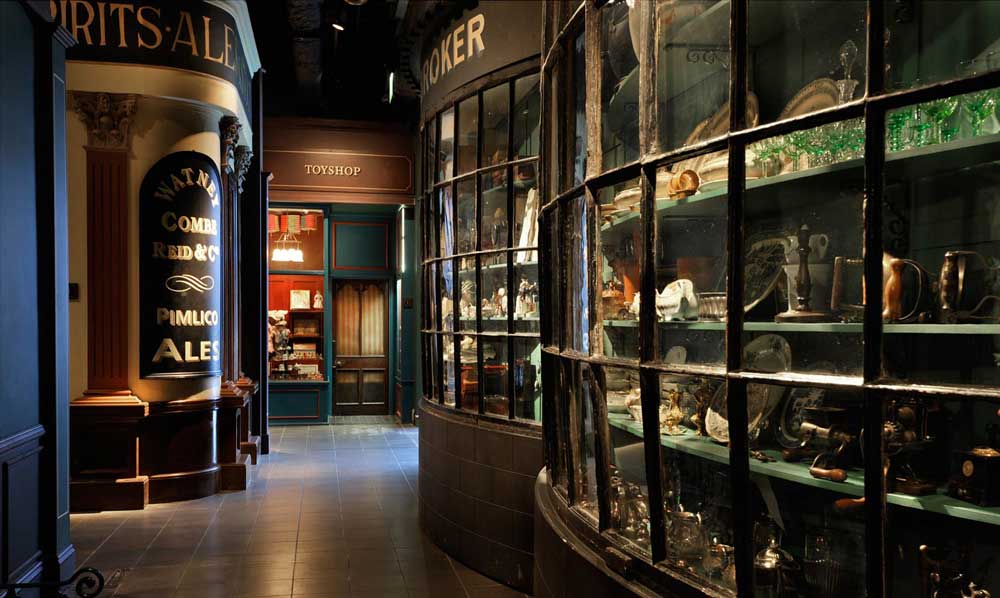
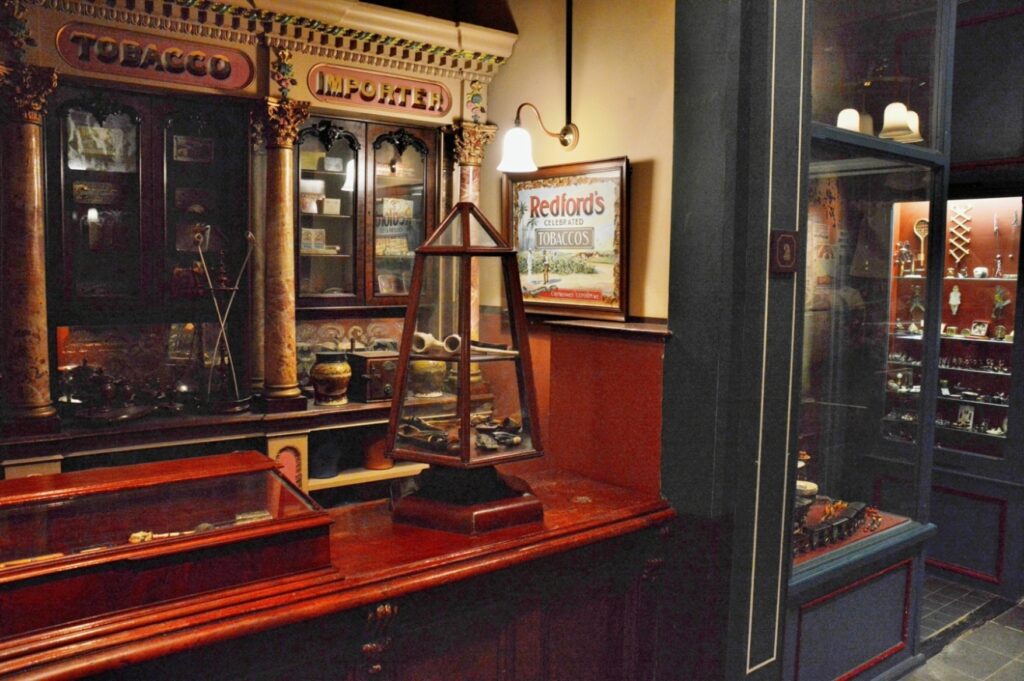
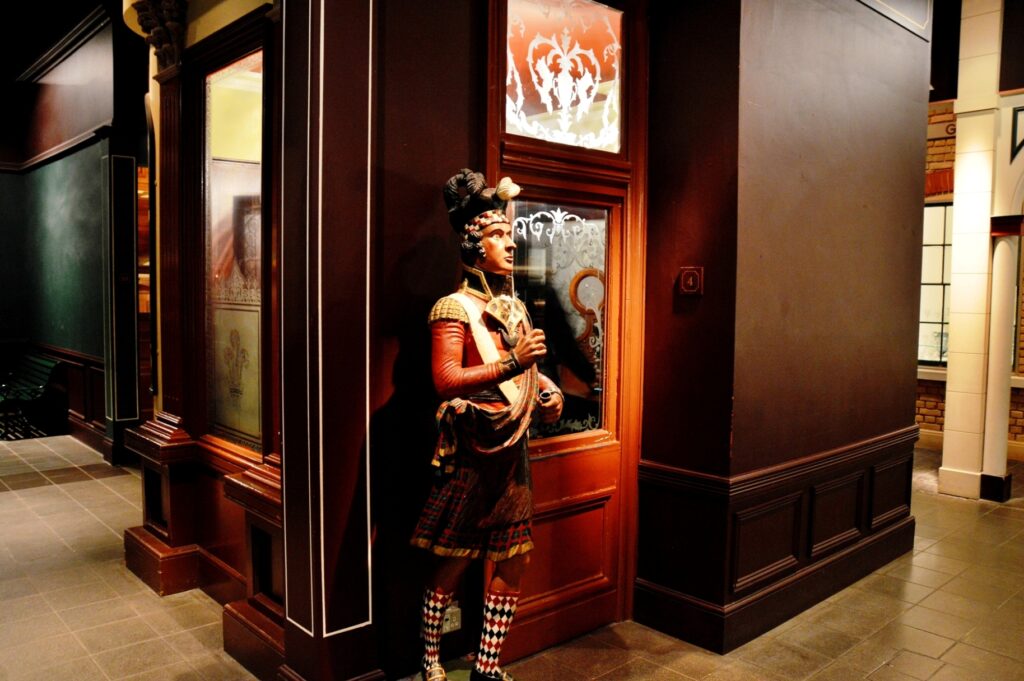
By the way, if you are passing through Temple Station and have a bit of time to spare, get off and make your way to the station roof where you will find this fabulous installation by London-based artist Lakwena Maciver. It’s entitled ‘Back in the Air: A Meditation on Higher Ground’. This is only a small part of it …
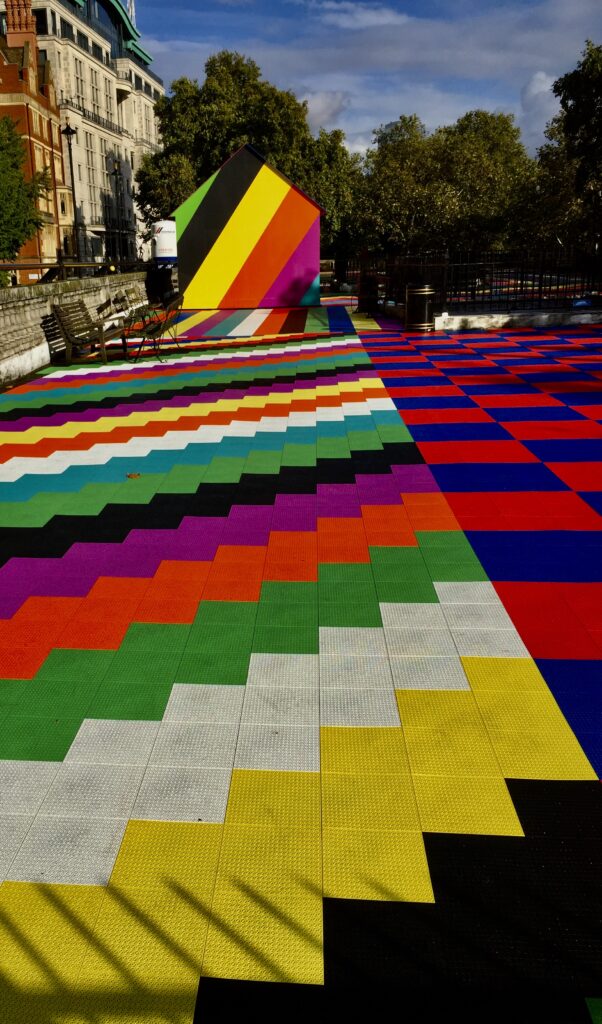
I shall have more images for you next week.
If you would like to follow me on Instagram here is the link …

